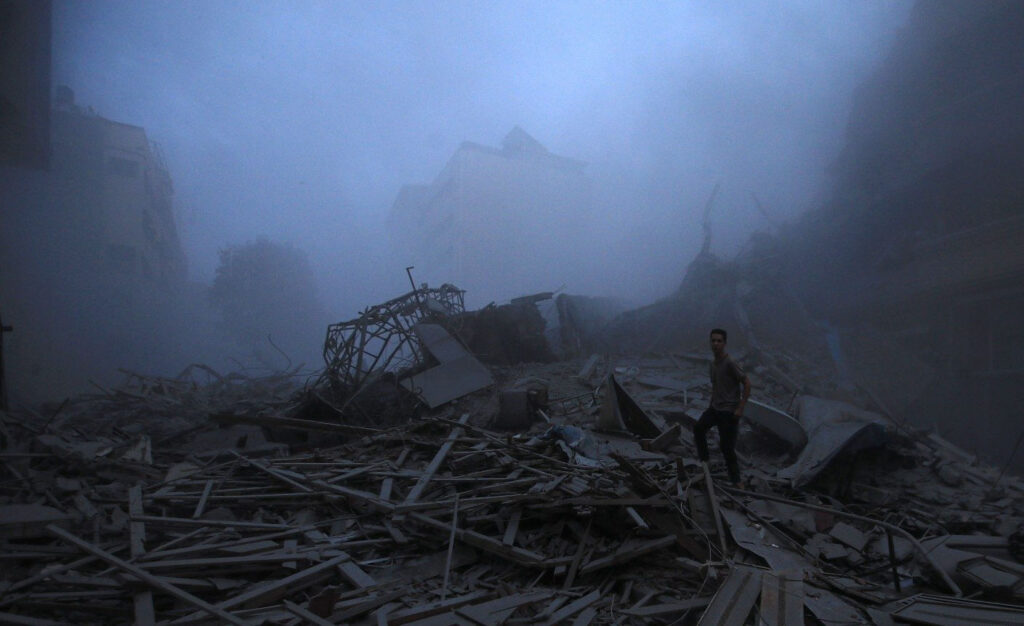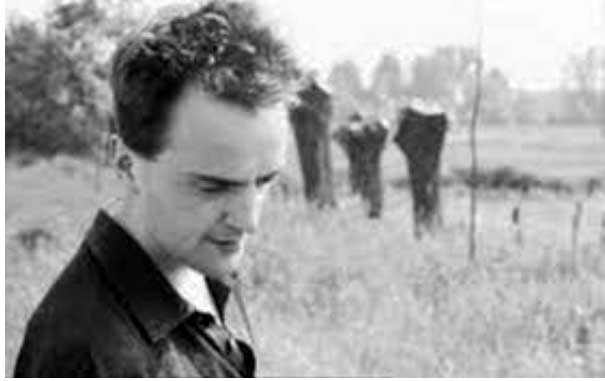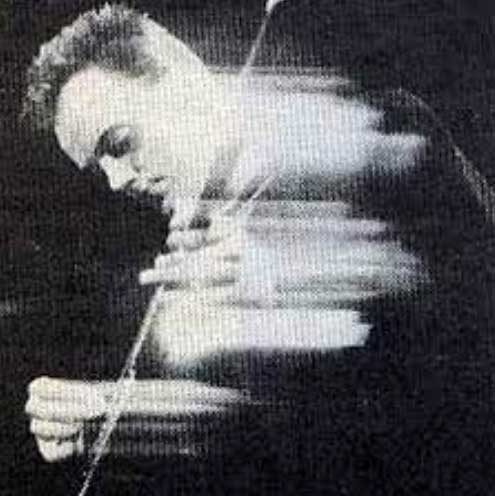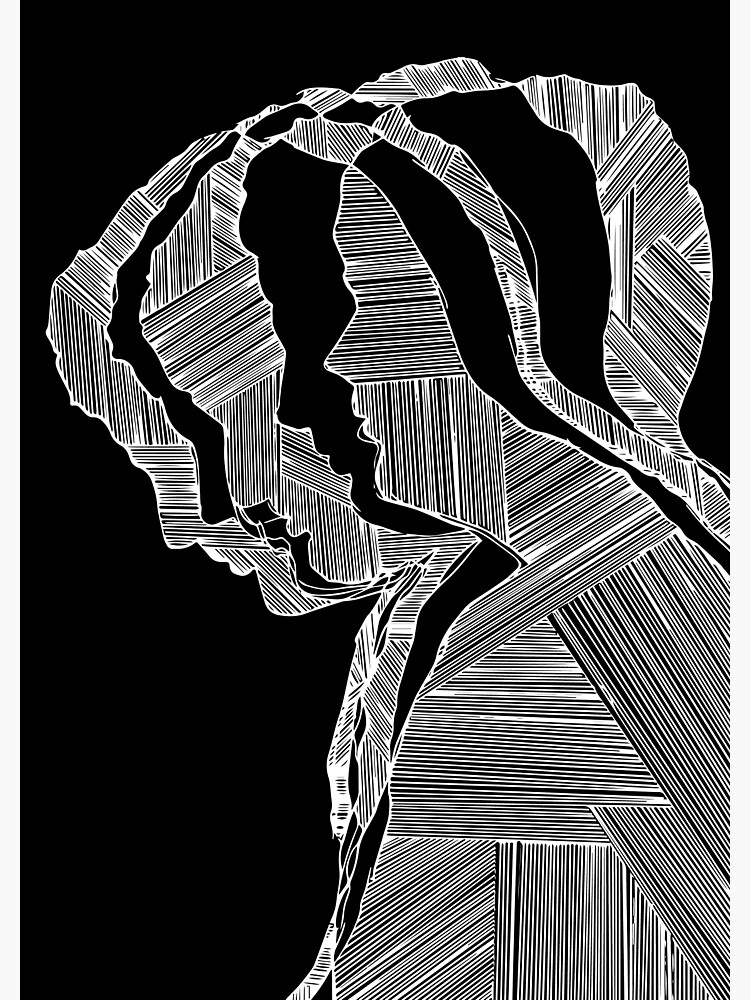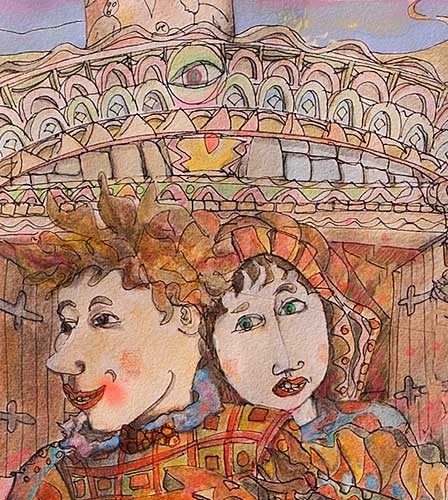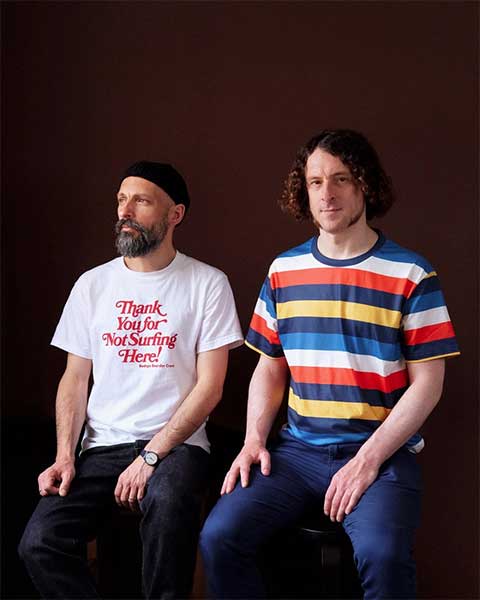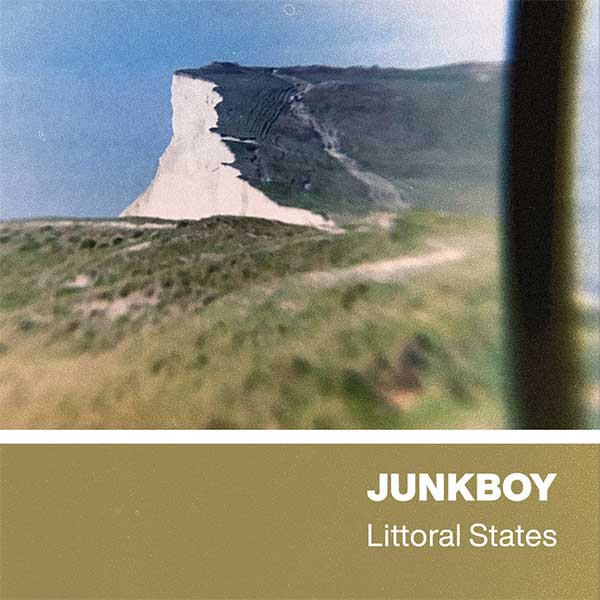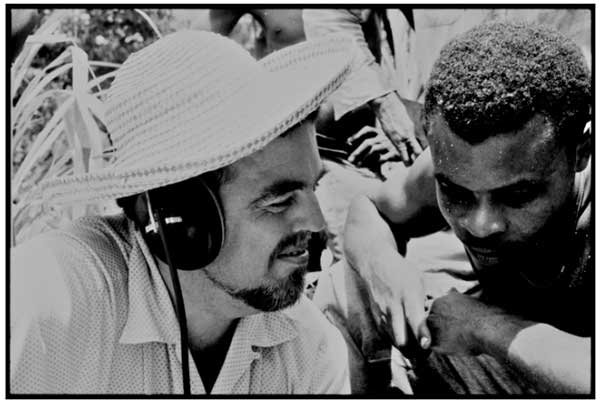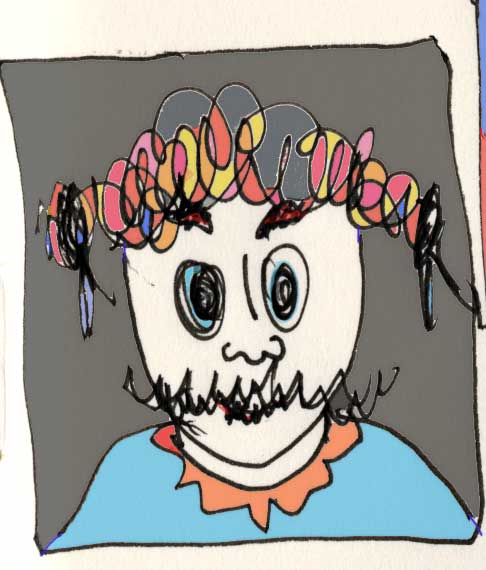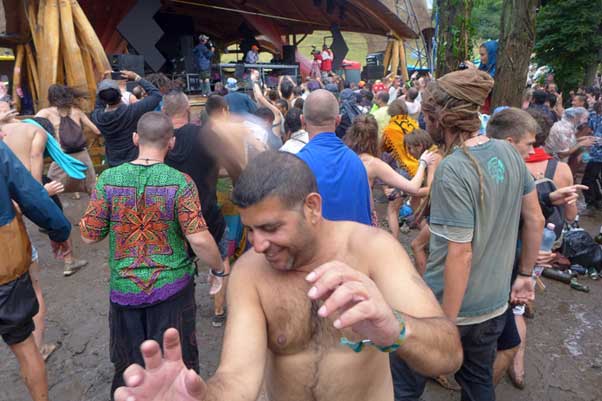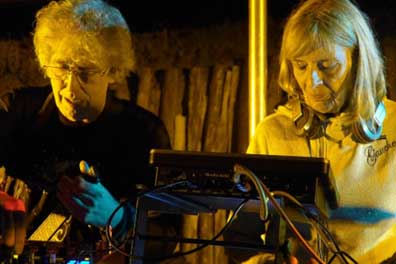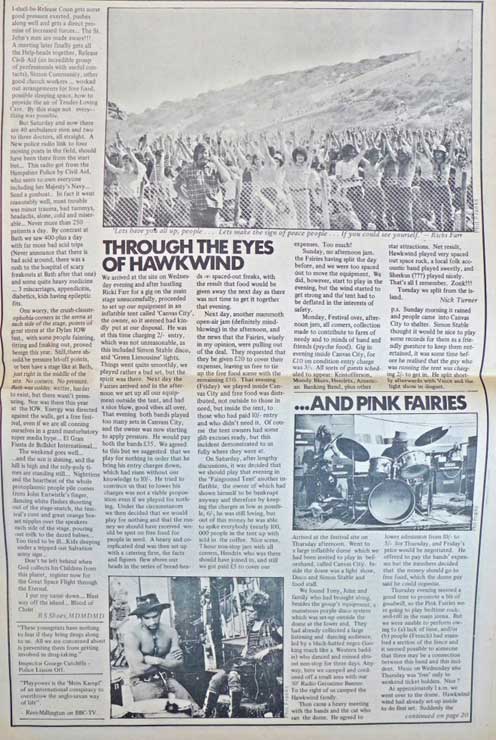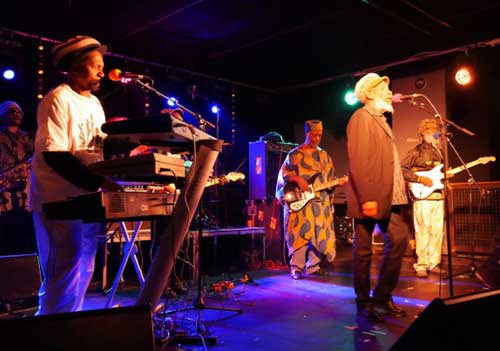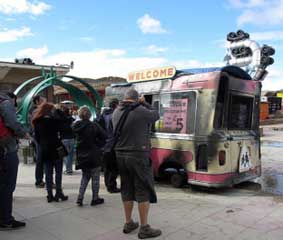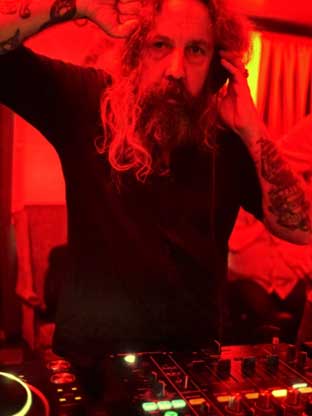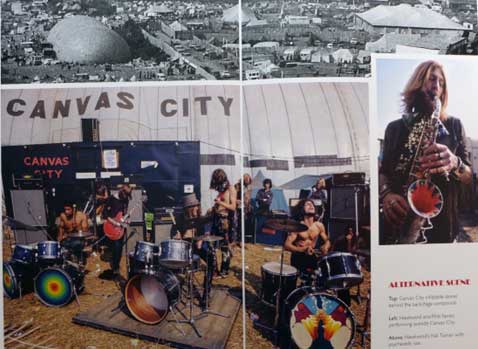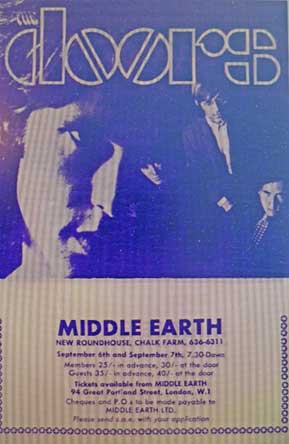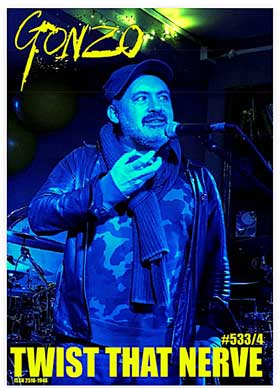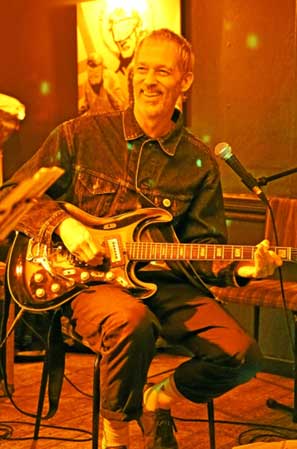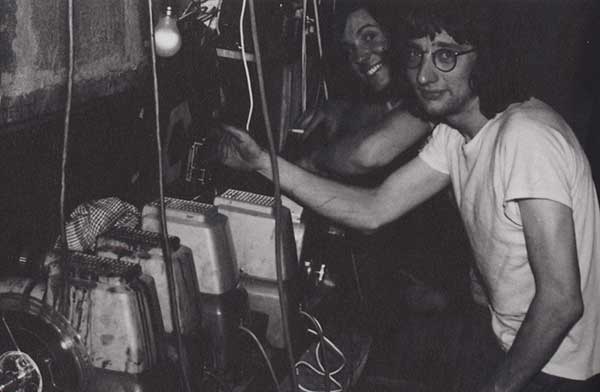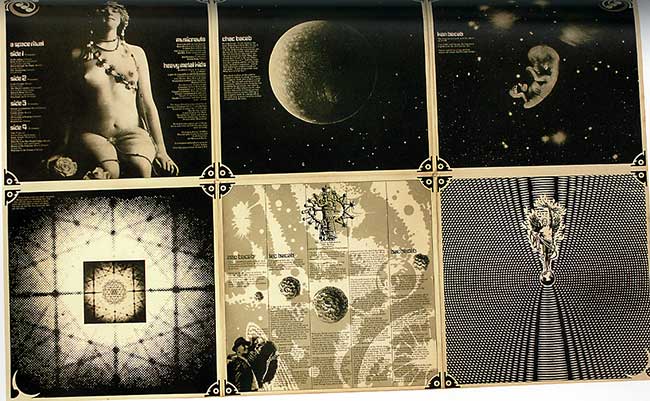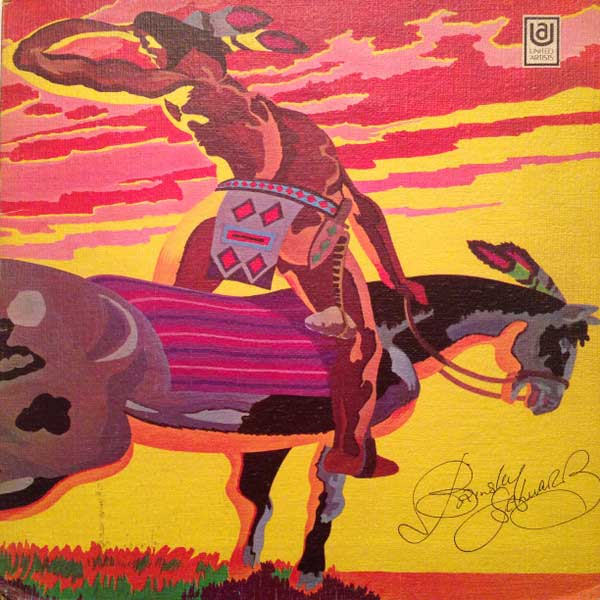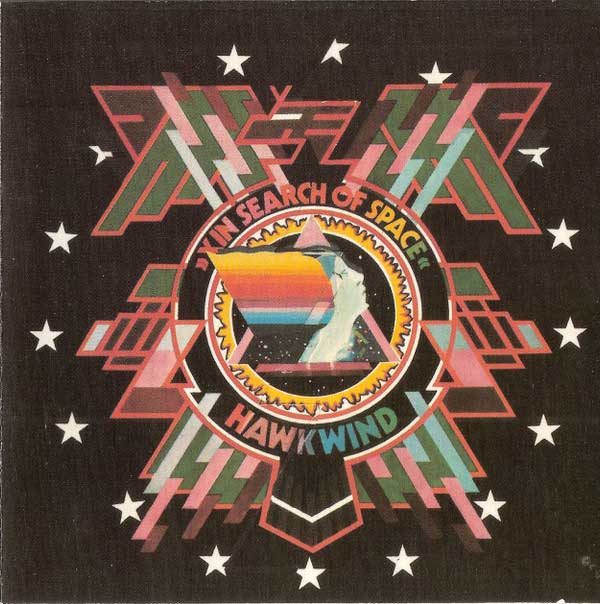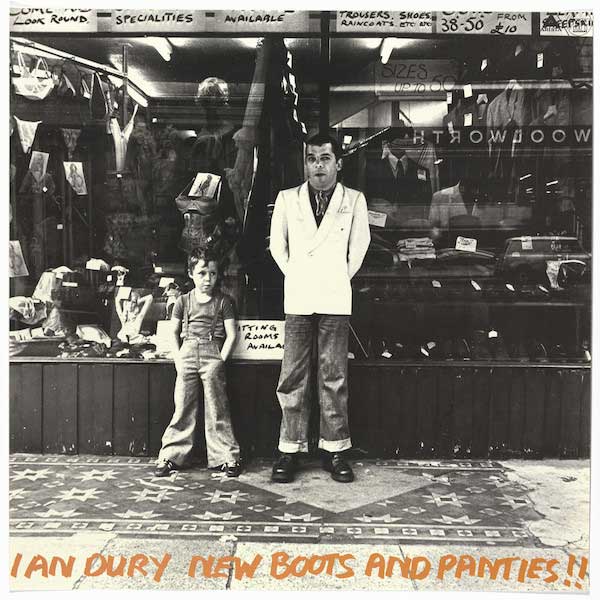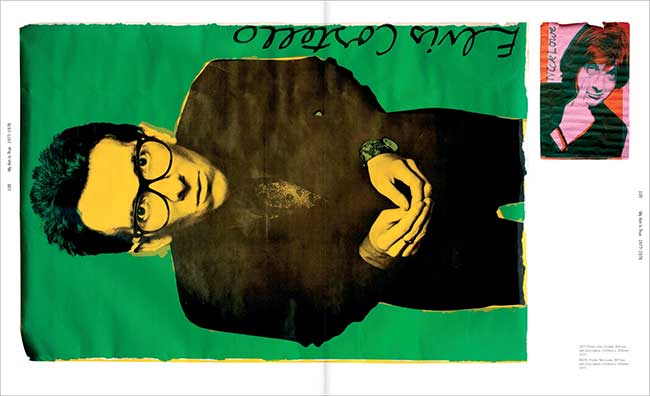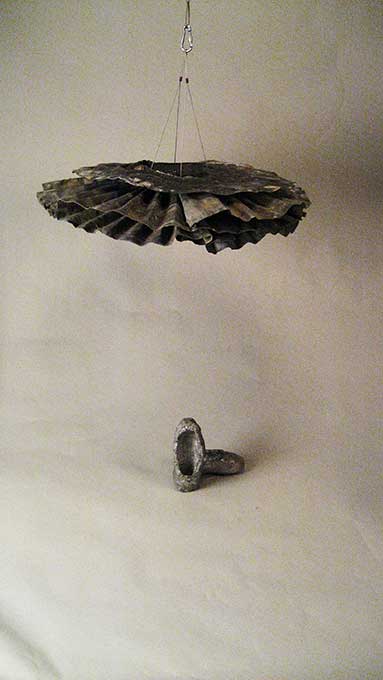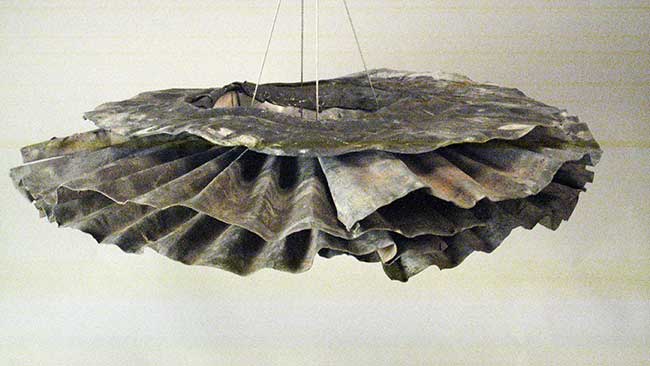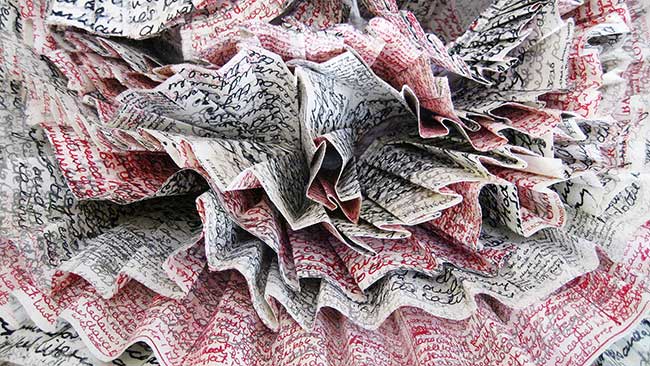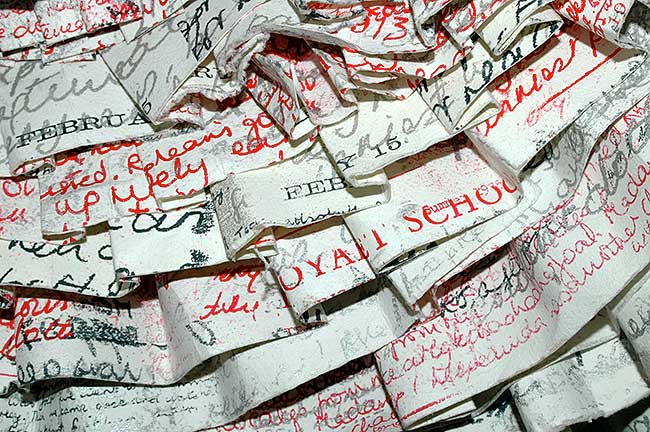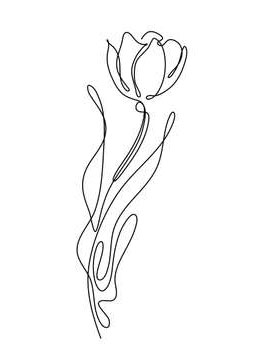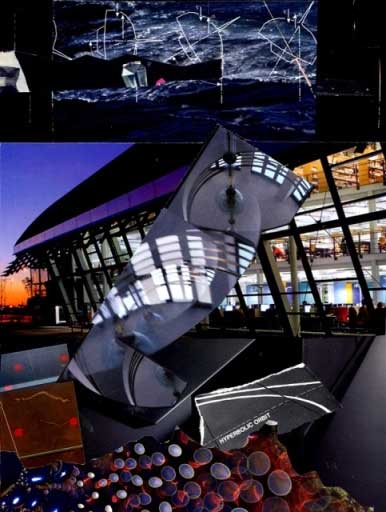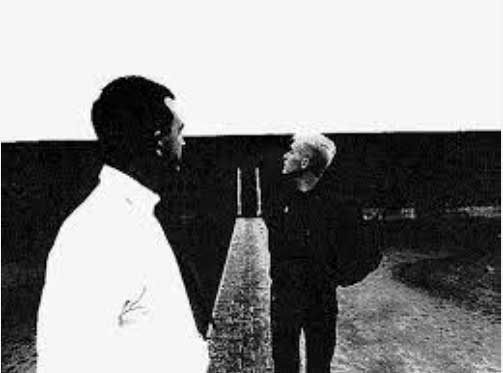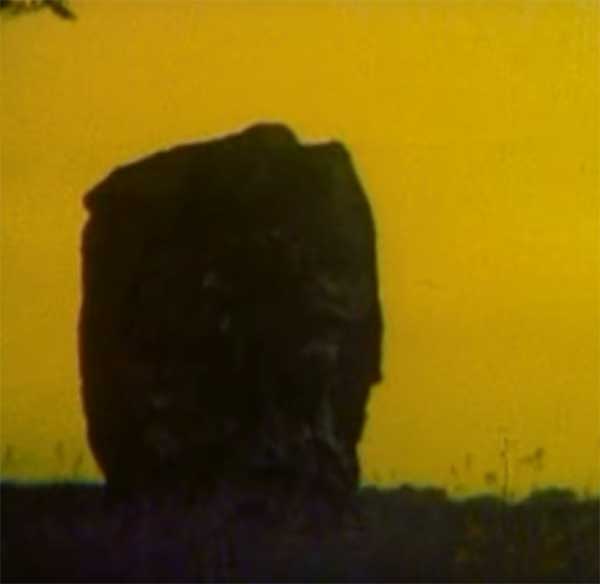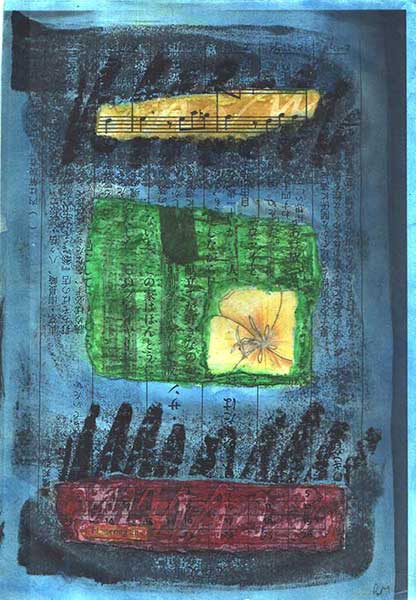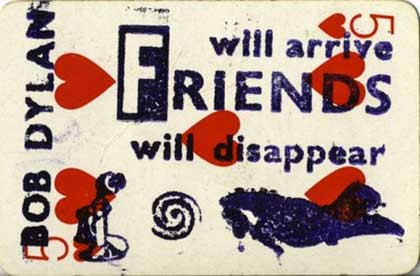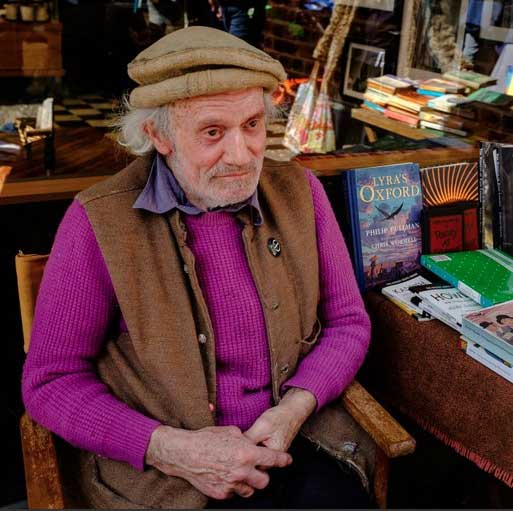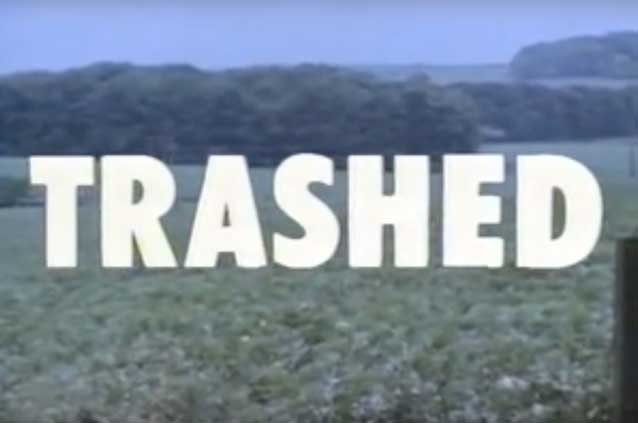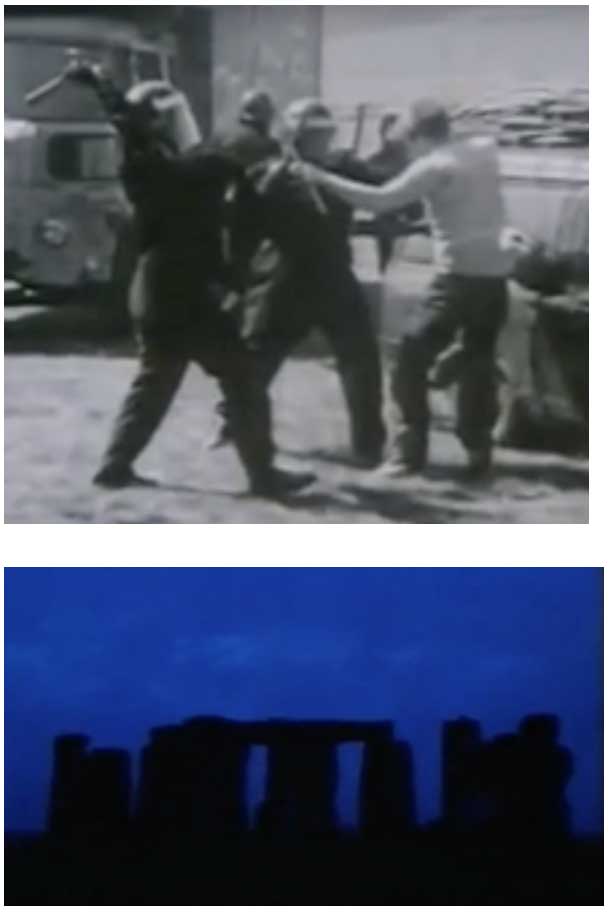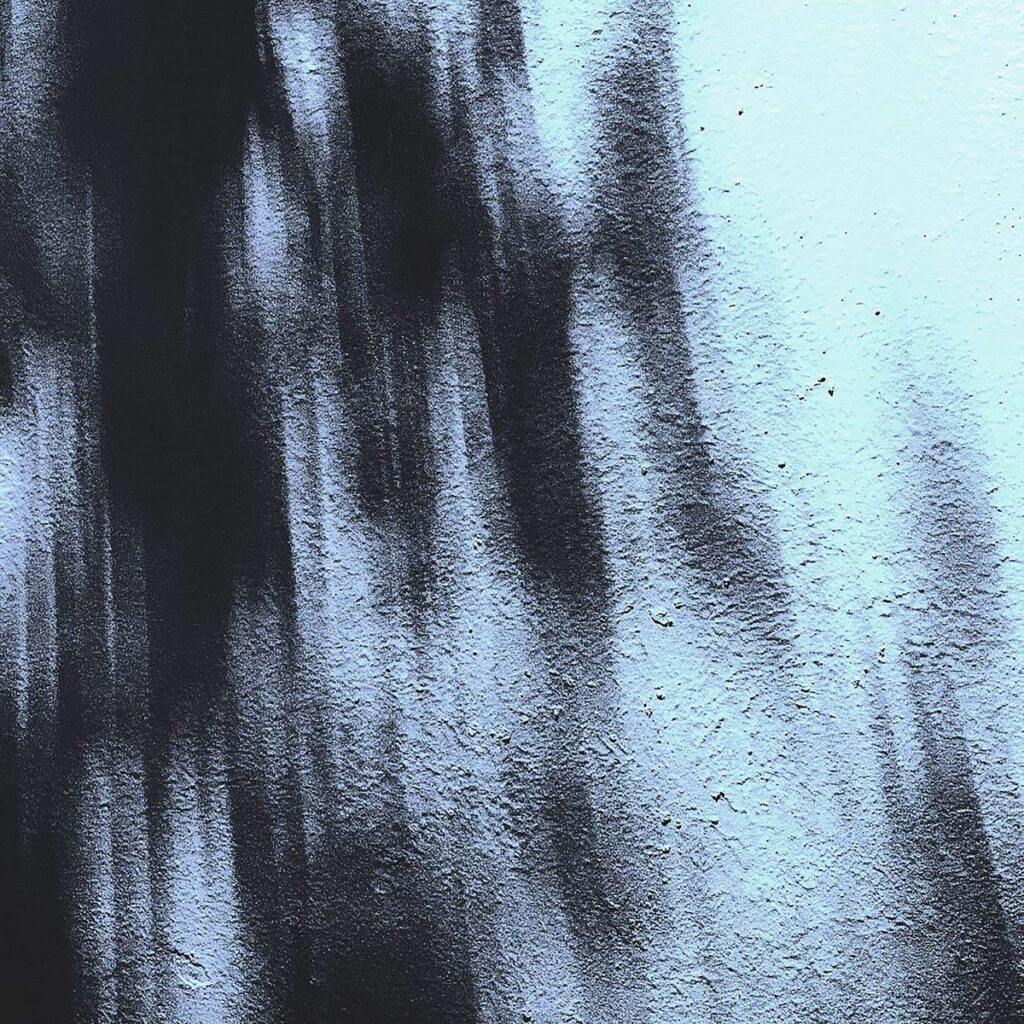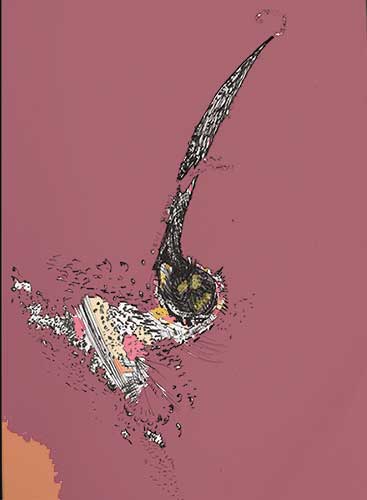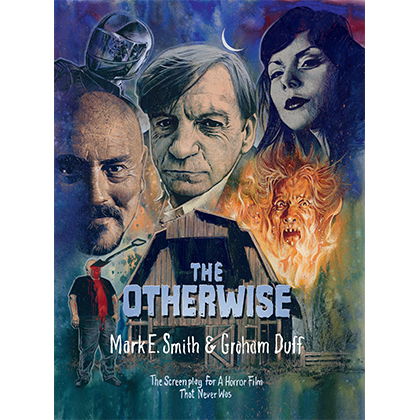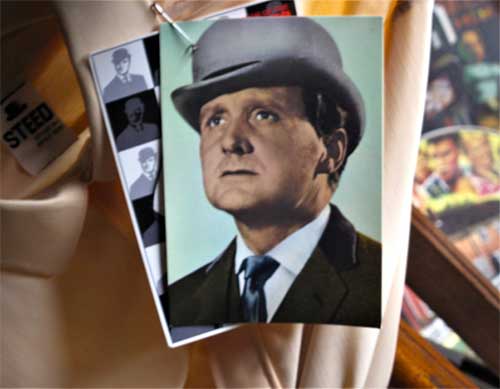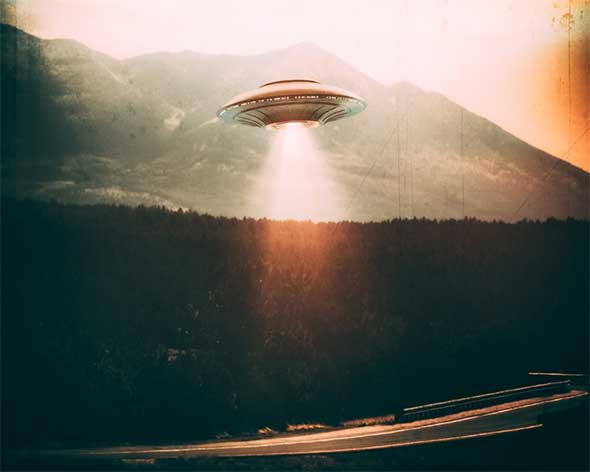
What is true about the conspiracy myth? Underneath its literalism, it conveys important information that we ignore at great peril – Charles Eisenstein
Just before the weekend I had an encounter with one of my neighbours. It went something like this:
NEIGHBOUR: Don’t go to town tomorrow
KR: Why not?
N: Well, you know – it’s going to happen here…the same thing…
KR: What is?
N: There’s going to be an attack in the town centre…I’ve got family in Israel…and we’re going to be digital-only by 2025…I can send you some links if you like…
KR: It’s ok thanks, I have my own sources of information
N: Oh good
What my neighbour seemed to be saying was that the recent disturbances in Israel – rocket attacks and a murderous raid by Hamas – were somehow going to be mirrored by a massive disturbance in the town centre of Hastings, with – presumably – street-fights, raids on businesses (those whose businesses and by whom the raids were to be carried out was unclear. We have a strong Baltic community here, a consequence of the relocation of refugees following the collapse in the 1990s of Yugoslavia. Reprisal attacks for whatever perceived slights or harms seemed to be the implication), and a generally risky or potentially catastrophic situation. The following day, having forgotten this encounter, I went into town. Nothing happened. As to the assertion that ‘we’ were going to be ‘digital-only’ by 2025, it was so vague that I struggled to make any sense of it. Yet to my neighbour both the town-centre attacks and the threat of being analogue-deprived in a couple of years’ time seemed to be true existential threats.
One of the more alarming consequences of the present era (or diverting and enlightening, depending on your personal perspective) is the proliferation of conspiracy theories, and those who subscribe to them. Until recently, these were almost exclusively disseminated online and via alt media, the theories ranging from the almost-plausible-until-thought-about, through to the outright bizarre.
In recent years, however, conspiracy theories have moved into the political mainstream.
Conspiracists attract ridicule and frustration among those who prefer rational analysis to what appear to be fantasy scenarios concerning the way the world is run. Psychologists attribute finding a conspiracy where there notionally is none to a cognitive bias called illusory pattern perception. Yet it may be important to consider what other, more subtle factors may account for the proliferation of such theories at the current time, to try to understand why this is so, and to learn how to deal with the potential impact on one’s personal life. How should one approach friends or family members who become attracted to conspiracy theories? What are the implications for politics in a world experiencing fear and disorientation, where those who promote conspiracy theories seem to be manufacturing them for their own ends? Who then is the conspirator, and who the conspired against? One thing seems certain: as Charles Eisenstein suggests above, if we write off conspiracists as deluded individuals, we ignore a fundamental, if uncomfortable truth that may in itself sound like a foundational myth: we are on occasion being cynically and systematically manipulated and deceived. In the UK, during the Brexit campaign, voters were told that a significant amount of money would be diverted from payments made to the EU to the NHS. It was untrue. The sad irony here is that many people sympathetic to causes espoused by prominent conspiracy theorists either ignored or failed to see this: they ended up voting to leave the EU. Three years later many voted to send a serial liar and shameless charlatan to No 10 Downing Street. This echoed a similar scenario in the US in 2016 when Donald Trump was elected the President of the United States.
According to a survey conducted by the University of Cambridge,
The largest cross-national study ever conducted on conspiracy theories suggests that around a third of people in countries such as the UK and France think their governments are “hiding the truth” about immigration, and that voting for Brexit and Trump is associated with a wide range of conspiratorial beliefs – from science denial to takeover plots by Muslim migrants… Researchers also looked at a number of other popular conspiracy theories. Both Trump and Brexit voters were more likely to believe that climate change is a hoax, vaccines are harmful, and that a group of people “secretly control events and rule the world together’’.[1]
Early conspiracy theories, which became increasingly commonplace in the years immediately after the Second World War, included, but were not confined to, concerns about alien influence on human affairs, the development by the US military of an invisible, time-travelling warship, the assassination of JFK and so on. In recent years, largely thanks to the internet and the ease with which information can be shared via blogs and platforms such as YouTube, the frequency with which conspiracy theorists come to prominence has increased. David Icke, a former ITV sports presenter and Holocaust denier, has become something of cause celebre among the conspiracy communities, with his greatest hits including the idea that Royal Family are shape-shifting, baby-eating lizards, that the world would end in 1997, and that Covid-19 and environmental collapse are elaborate hoaxes. Piers Corbyn, brother of former Labour leader Jeremy Corbyn, believes this of climate change. American broadcaster and Infowars hard-line conspiracy theorist Alex Jones claims that governments have the power to control the weather, and once alleged that the majority of frogs in the US are gay – brought about by a secret ‘gay bomb’, a US government intervention using chemicals to encourage homosexuality and prevent people having children. He also claimed that the Sandy Hook elementary school shootings, in which 26 people died, were a hoax by gun control lobbyists, and claimed that parents of the allegedly murdered children were openly laughing at people who believed that the shooting was real. Donald Trump, and more recently Russell Brand, have claimed to be victims of ‘fake news’, or, in Brand’s case, moves by ‘legacy media’ to discredit him via allegations of sexual abuse, driven in part by envy of his considerable following down the rabbit holes of Youtube.
Other topics or preoccupations include establishing global economic reset and the new world order by shadowy groups of billionaires and other malicious actors (often referred to collectively as the Illuminati), with such groups notionally including Bill Gates, George Soros, Hillary Clinton and others; the use of extraterrestrial technology by the military and in experimental medicine; the belief that the Earth is flat, or that it is hollow with ancient tribes of extraterrestrial beings living inside it; variations on the End Times, the Rapture and other ideas expanding on biblical prophesies of the end of the world; that 5G was and presumably still is responsible for distributing Covid-19 ; that aeroplane exhaust fumes deliberately spread noxious substances, referred to as ‘chemtrails’; that the Apollo moon landings never happened; that MI6 were responsible for the death of Diana Spencer; the perceived infiltration of higher learning for sinister ends, leading to distrust of scientists and other ‘experts’; shifting gender identities causing the breakdown of conventional family structures; anti-vaxxing and suspicion of Big Pharma; ‘birther’ theories concerning the true birthplace of Barack Obama; that the death of George Floyd was a set-up involving actors designed to promote division and discord; that the 9/11 attacks were an inside job, designed to legitimise US aggression in the Middle East; the gaining of power via Satanism, cannibalism and ritual child abuse and/or sacrifice; that the 2020 election was ‘stolen’ from Donald Trump; distrust of ‘15-minute cities’ as part of concerns regarding restrictions on freedom, and so on. The last item on that depressing list is especially egregious: the perceived issue with restrictions on driving in crowded city centres, and related animus towards environmental campaigners, came in one particular instance from Rishi Sunak, the Prime Minister of the UK.
According to Esther Addley in the Guardian on 7th October 2023,
for a vocal few, the concept has become bound up in conspiracy theories about a ‘great reset’ that will see people confined to highly restricted zones by a cabal of climate-obsessed authorities. The climate crisis, they believe, is a contrivance to allow sinister powers to restrict individual freedoms – and this is one of their tools to do so.
* * *
Dr Stella Immanuel, a US physician from Houston, Texas, once claimed that a witch attempted to use abortion, gay marriage, and children’s toys to destroy the world, and ‘the gay agenda, secular humanism, Illuminati and the demonic New World Order’ conspire ‘to destroy our homes, families and the social fiber of America’.
Dr Immanuel is also a pastor. In one of her sermons, she claimed that many medical conditions – including being gay – could be blamed on demons and witches: According to a sermon she gave in 2013,’They turn into a woman and then they sleep with the man and collect his sperm… then they turn into the man and they sleep with a man and deposit the sperm and reproduce more of themselves’. When Facebook subsequently removed many of her videos from its platform, she declared that ‘Jesus Christ would destroy the social media giant’s servers if her videos were not restored to the platform’[2].
A post seen on Facebook during the pandemic of 2020 outlined a reading of the various scenarios concerning Covid-19:
‘The current plandemic is a hoax perpetuated by a global consortium of wealthy and powerful individuals, aimed at gaining control of the world’s population via a compulsory vaccine containing sophisticated microchip nanobots. Using the 5G network, these can be activated inside the host body via an invisible app in your smartphone. Unless you comply with new laws and restrictions put in place by authoritarian governments, your internal organs can be attacked or you can be killed. Trump is funding a space weapon to target these individuals and their organisations’.
Also during the global pandemic the American conspiracy theory group QAnon began to ramp up the rhetoric to posit a cabal of Satan-worshipping paedophiles and cannibals looking to take over the world, with help from the Rothschilds, Hollywood actors and other celebrities, and with Donald Trump cast as the angel of light sent to save the world via an event known as the Storm. QAnon has something of a following on the American far-right, including William Armacost, the mayor of a small town, Sequim, in Washington State, who is quoted as saying that QAnon followers are ‘fighting for humanity, truth, freedom, and saving children and others from human trafficking’. Forbes online alleges that 56% of American Republicans believe that claims made by QAnon are ‘mostly or partly true’. During the pandemic, a close friend sat me down and told me straight-faced that children are being kidnapped, locked in cages and tortured: Hollywood elites were countering the effects of aging via adrenaline harvested from children’s blood, oxidised into a psychoactive drug called adrenachrome (referred to by Hunter S. Thompson in Fear and Loathing in Las Vegas – ‘There’s only one source for this stuff, the adrenalin glands from a living human body.’) This refers to anti-Semitic myths dating back to the Middle Ages, claiming that Jews murdered children for use in religious ritual practice.
According to such theories, celebrities such as Brad Pitt, Angelina Jolie and the Rolling Stones use adrenachrome to stay youthful. Judging from recent pictures of the Rolling Stones they’ve wasted their money. But then, according to a QAnon affiliated group of J.F. Kennedy Jr. affiliated ‘truthers’, at one particular Rolling Stones gig, things on stage were not entirely what they might seem:
“People are saying that Elvis was in a mask playing the keyboard,” read one message from a user named Mustang Debbie. “Michael Jackson was there maybe playing Mick Jager [sic]…JFK Junior was playing the guitarist Keith Richards in the yellow shirt and they all had masks on…They are saying it wasn’t even the Rolling Stones doing the concert.” (A representative for the Rolling Stones declined to comment.) [3]
* * *
So far, so bizarre. The idea of Mick Jagger being a zombie Michael Jackson is actually quite a wildly creative notion, and it’s not hard to sympathise with David Icke’s notion that the Royal Family are cold-hearted blood-suckers, though only when seen as a metaphor, not hard truth. It’s easy to laugh about the notion that tinfoil hats can provide protection from alien telepathy, but are conspiracy theories the harmless paranoid ravings of those who have lost touch with reality, or are they an indication of something more serious? What do conspiracists have in common that leads them to what seem to be irrational beliefs about events in the world? What are the implications for mental health for people who subscribe to such theories? What are the effects in the political sphere of conspiracy theories?
In their journal entry, Understanding Conspiracy Theories, a group of US-based academics offers three distinct psychological imperatives for beliefs in conspiracies – ‘a tendency toward believing that malevolent groups are conspiring and a tendency to believe that official accounts are false’:
People appear to be drawn to conspiracy theories when—compared to non-conspiracy explanations—they promise to satisfy important social psychological motives that can be characterized as epistemic (e.g., the desire for understanding, accuracy, and subjective certainty), existential (e.g., the desire for control and security), and social (e.g., the desire to maintain a positive image of the self or group).[4]
The authors go on to say that such beliefs appear to be stronger when events are especially large-scale or significant, and when mundane explanations seem unsatisfactory.
According to an article in Scientific American, a variety of psychological factors can be accounted for when trying to figure out why some people believe that shadowy elites are conspiring to control the world. Among these are low self-esteem, feelings of alienation, disenfranchisement and lack of control; a sense of political powerlessness; fear or anxiety concerning alarming and seemingly random world events and the need to ascribe a pattern to such events; social and/or economic disadvantage; educational disadvantage or low educational achievement (signalling lack of opportunity due to systemic institutional failure, rather than lack of ability); pre-existing mental health conditions such as narcissism, paranoia, anxiety and depression, and lack of analytical or critical thinking. In a journal article titled The Psychology of Conspiracy Theories published by the Association for Psychological Science, the authors suggest that conspiracy belief may offer an important source of belonging and shared reality. In certain scenarios, people feel better about themselves because they have access to privileged information – the ‘truth’ – about significant events, the nature and implications of which the rest of us have been too slow to appreciate. Any attempt to persuade the conspiracist that their theories are misjudged, baseless or irrational leads to the digging in of heels, and the suggestion that one is oneself part of the greater problem – that dependence on narratives via mainstream media has clouded one’s judgment, or that one is living in ignorance and needs to ‘wake up!’ [5]
To take a case in point, consider the death of Diana Spencer. Which scenario seems more likely – that the British establishment was uneasy about Diana’s association with Dodi Fayed, so MI6 were drafted in to assassinate her; or that the British establishment was uneasy about Diana’s association with Dodi Fayed, but that her death was the result of a tragic accident? The need to impose order on uncertainty regarding the precise circumstances of Diana’s death may lead to the first conclusion, while the lack of any such imperative may leave the second conclusion uncontested. It may be that for the conspiracist, objective truth is secondary to the need to express distrust or alienation from mainstream narratives, and to claim solidarity with others of a similar mindset. With regard to the surprisingly popular notion that the earth is flat – notionally one of the more extremely absurd conspiracist claims – this might seem to be the case. It may be that literal truth – that the Earth is flat – is not what is being claimed. What is being established is the belonging to a group which denies common understandings of how the world works, and how power operates.
Sadly, too, trying to persuade a conspiracy theorist that their beliefs may be off-track is often met with resistance. The authors of The Psychology of Conspiracy Theories note that the theories have a failsafe mechanism – they are
resistant to falsification in that they postulate that conspirators use stealth and disinformation to cover up their actions—implying that people who try to debunk conspiracy theories may, themselves, be part of the conspiracy[6]
Essayist Charles Eisenstein, writing in May 2020 identifies the core issue for widespread lack of trust in the institutions we used to hold dear.
The loss of trust in science, journalism, and government reflects their long corruption: their arrogance and elitism, their alliance with corporate interests, and their institutionalized suppression of dissent. The conspiracy myth embodies the realization of a profound disconnect between the public postures of our leaders and their true motivations and plans. It bespeaks a political culture that is opaque to the ordinary citizen, a world of secrecy, image, PR, spin, optics, talking points, perception management, narrative management, and information warfare. No wonder people suspect that there is another reality operating behind the curtains.[7]
The results of the 2016 British referendum on membership of the EU and the US election of the same year may have signalled that feelings of disillusionment and distrust in certain sections of the population – the ‘left behind’ – towards mainstream political institutions was indeed at a low, signals that were missed by both complacent Remainers in the UK and Democrats in the US, with unfortunate results in both cases. If Trump wins a second term in 2024, the version of America that rose to be the most powerful nation in the world in the latter half of the 20th century may become unrecognisable. This may not seem an unattractive proposition to some. If the fallout from Brexit results in nationalist movements in the UK succeeding in bids for full independence from the Union, there may well be in the future no Britain at all, great or otherwise. All that will be left of the Grand Project will be a racist, back-woods tin-pot shithole called England.
* * *
In 1976 Eric Clapton gave a drunken racist rant in which he suggested that Enoch Powell was right and that the ‘wogs’ should all go home. According to Guitar.com ‘Clapton noted that when he told friends and family about his plans to write and record anti-vaccine and anti-lockdown songs’ with that other high-octane goon Van Morrison, members of his personal network were concerned[8]. Questioning their motives led him to the claim that videos on Youtube use a process called Mass Formation Hypnosis or Mass Formation Psychosis to stupefy viewers into believing everything they see on Youtube. This includes the ‘hivemind’ ‘morons’ who queued up for Covid vaccinations without realising they were being controlled by sinister forces. Eric said that ‘I could see it, once I kind of started to look for it. I saw it everywhere. And then I remembered seeing little things on YouTube, which were like subliminal advertising, It’s been going on for a long time – that thing of ‘you will own nothing and you will be happy’’. The irony that Clapton said all this in a video on Youtube seems to have escaped him.
My neighbour’s warning that we are all going to be ‘digital-only’ by 2025 taps into the paranoid notion that everything is a scam, expressed as a generalised sense of existential unease, couched in terms vague enough to avoid focusing on precise detail, seemingly on the understanding that the implied threat is already universally understood.
According to Professor Richard Evans of the Leverhulme Trust,
There is a crisis of trust in modern societies. Public confidence in the central institutions of representative democracy has been declining since the 1980s. Conspiracy theories play a key part in this process. At the same time, the terrorist attacks of 9/11 made Western governments increase the surveillance of their citizens, curtail civil liberties and launch the so-called “war on terror”. Lack of trust on this scale shown by governments towards the people further fuels the emergence and spread of conspiracy theories targeted at governments and states.[9]
In our current era of ‘post-truth’, ‘alternative facts’ and the claiming of one’s own potentially highly individualised beliefs or convictions as ‘my truth’, it may truly be that conspiracy theories, or alternative truths, have as much legitimacy in their own fashion as any mainstream account of what is happening in the world. Former conversations about attempts by the BBC to moderate –or ideally stifle – the output of ‘left-wing’ comedians speaks to notions of the deliberate eroding of freedom of speech or expression, and misrepresentation of truth, both personal and universal. Experience also tells us that when the money is good, many comedians tend to become less ‘left-wing’. Ask Ben Elton. Ricky Gervais’s abrasive rudeness at the Golden Globes award show in 2020 was not necessarily holding truth to power, as might have been claimed. It was an act, a lucrative shtick, capitalising on his most bankable assets – his obnoxious bigotry, complacency and arrogance. Yet both Gervais’s act – his calling out of the many failings and idiosyncrasies of the TV and movie industry, while ignoring his own – and conspiracy theorists’ suspicion of mainstream information outlets, may contain kernels of truth about the world, elaborated upon for theatrical effect. All these years down the line we still don’t definitively or conclusively know what happened at Roswell, who ordered the assassination of John F Kennedy, or whose money was behind the 9/11 attacks; nor the precise circumstances of Diana Spencer’s death. We have accounts that pass into something like folklore, and conspiracy theories play an important part of building the myths that surround these events.
Yet sadly, claims that George Floyd’s death was a set-up or that Covid-19 is a hoax plays into the hands of racists, fascists, Trump supporters and a whole panoply of vulnerable and impressionable people, may increase paranoia among those whose mental health is already fragile, and further inflate the narcissistic egos of those who claim to have privileged access to the ‘truth’, while also asserting that the very notion of ‘truth’ is a sham.
And, positing Trump as an avenging angel sent to save the world from cannibals and satanic child abuse was never likely to generate a positive outcome for anyone.
SOURCES:
Cambridge University
CNBC
Forbes online
Guitar.com
Independent online
The Daily Beast
democracynow.org
Rolling Stone
Karen M. Douglas, Joseph E. Uscinski, Robbie M. Sutton, Aleksandra Cichocka, Turkay Nefes, Chee Siang Ang, Farzin Deravi, ‘Understanding Conspiracy Theories’, Advances in Political Psychology, Vol. 40, Suppl. 1, 2019.
Adam M. Enders, Steven M. Smallpage, ‘Who Are Conspiracy Theorists? A Comprehensive Approach to Explaining Conspiracy Beliefs’, Social Science Quarterly, Volume 100, Number 6, October 2019
Karen M. Douglas and Robbie M. Sutton, ‘Why conspiracy theories matter: A social psychological analysis’, European Review of Social Psychology, November 2018
Evans, Professor Sir Richard, Conspiracy and Democracy, Leverhulme Trust, https://www.leverhulme.ac.uk/former-schemes/conspiracy-and-democracy,
Keith Rodway
[1] University of Cambridge Research, 23 November 2018
[2] BBC news online, July 29th, 2020
[3] Rolling Stone, November 4th, 2021
[4] Karen M. Douglas, Robbie M. Sutton, and Aleksandra Cichocka, Understanding Conspiracy Theories, Political Psychology, March 20th, 2019
[5] Karen M. Douglas et al, ibid
[6] Karen Douglas et al, ibid
[7] Eisenstein, Charles, The Conspiracy Myth, https://charleseisenstein.org/essays/the-conspiracy-myth/, May 2020
[8]Guitar.com, January 24th, 2022
[9] Evans, Professor Sir Richard, Conspiracy and Democracy, Leverhulme Trust, https://www.leverhulme.ac.uk/former-schemes/conspiracy-and-democracy, no date given


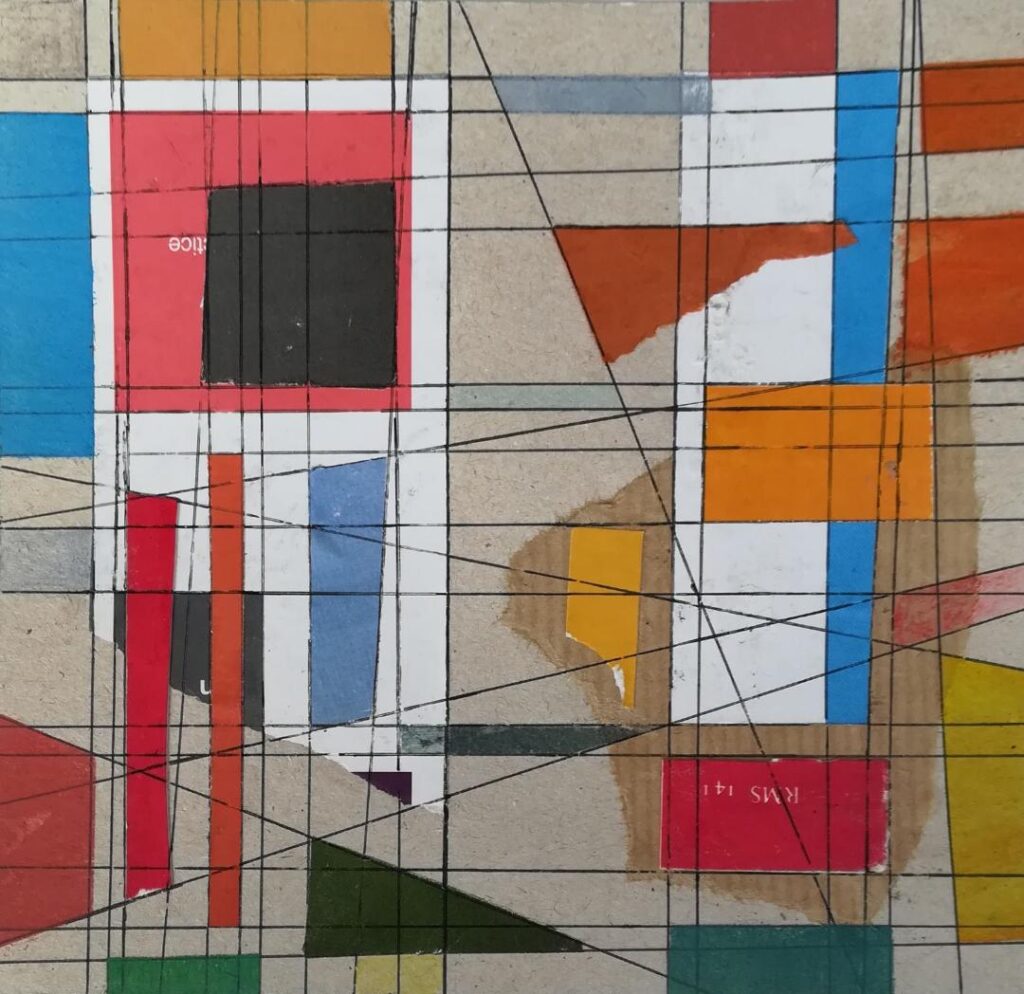
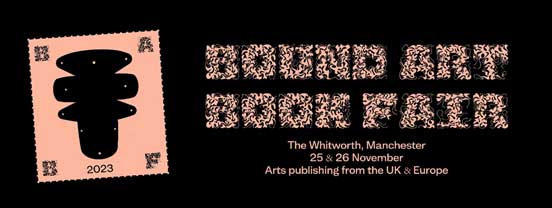


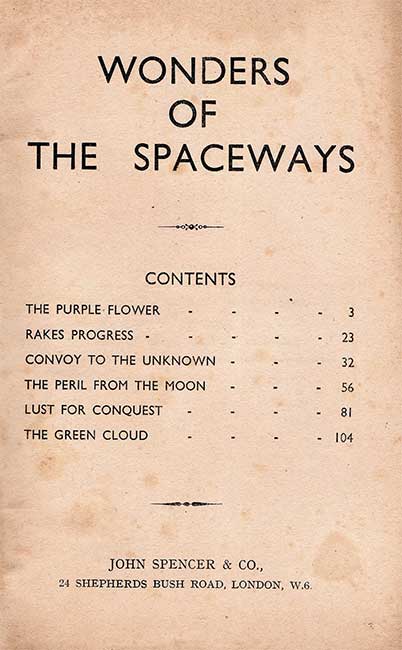
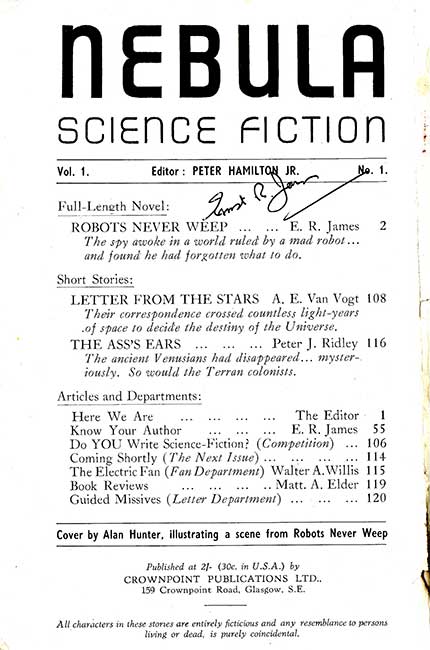

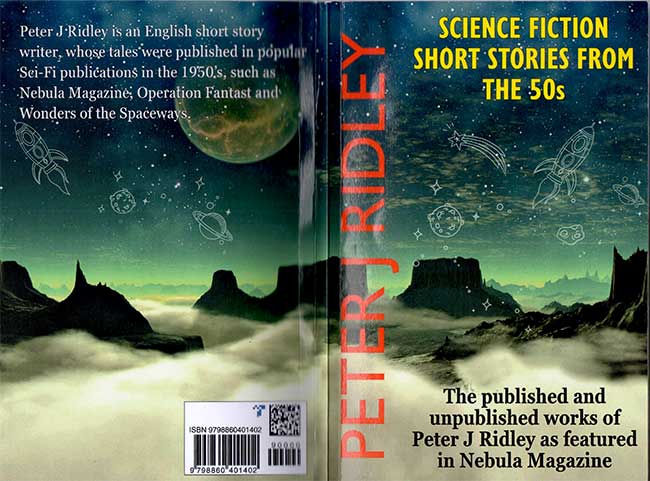

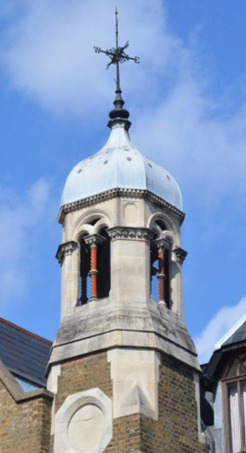


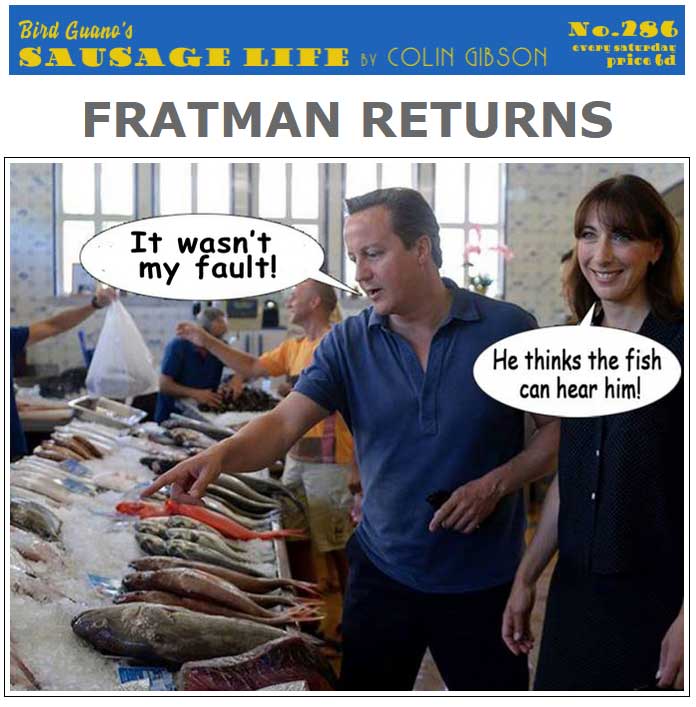















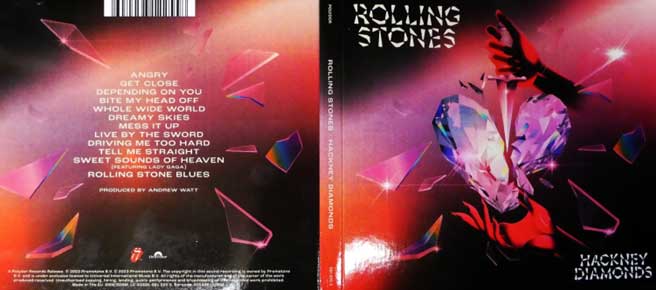
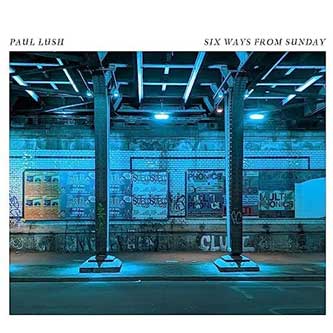


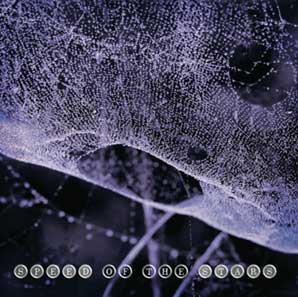

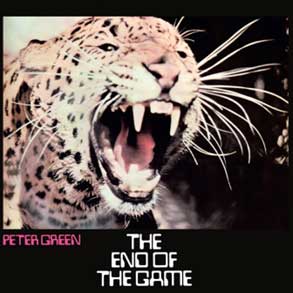
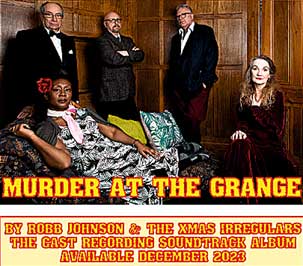
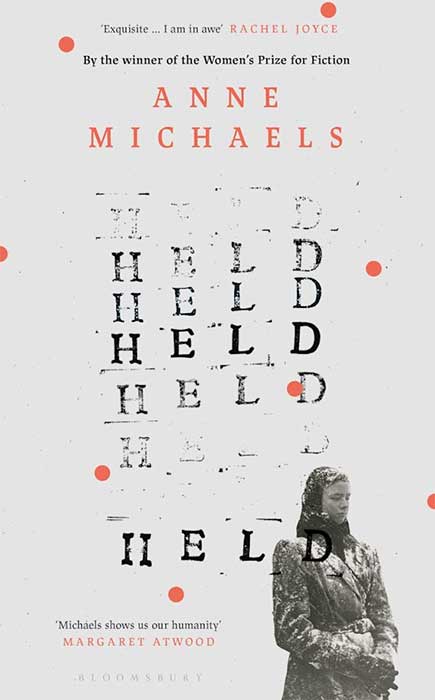
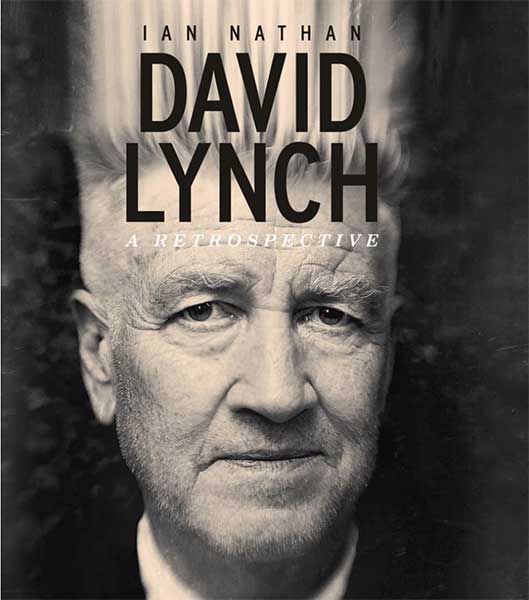
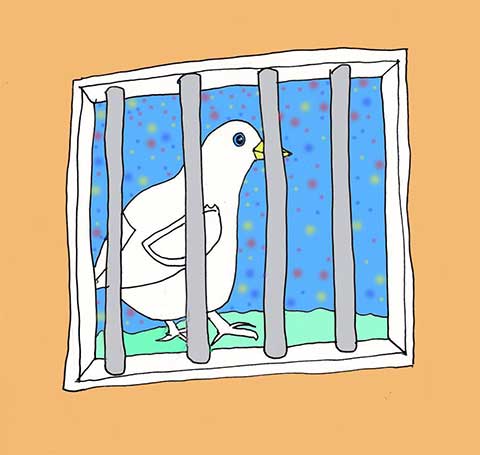
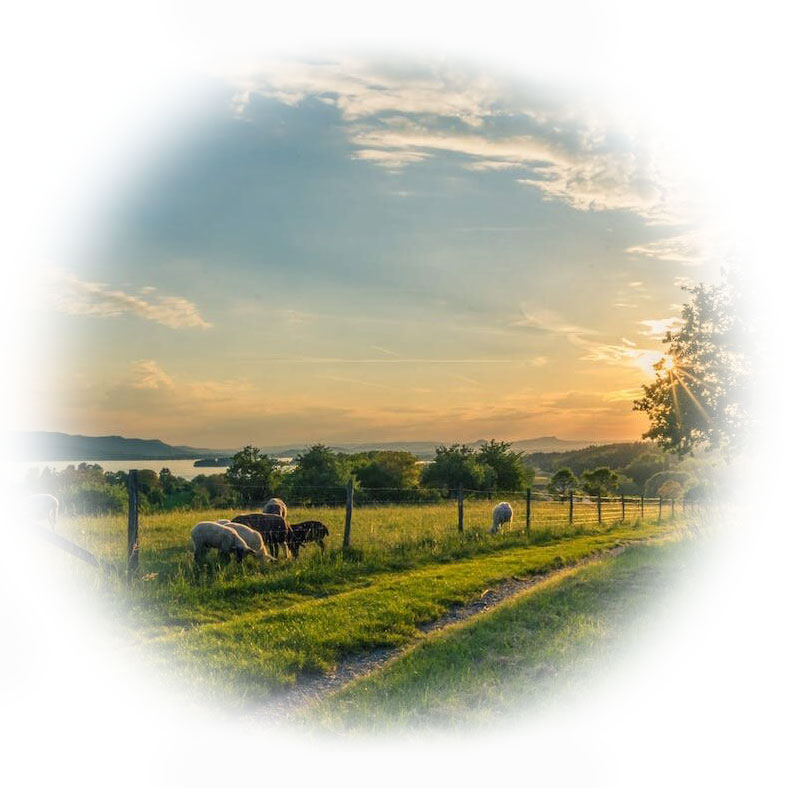




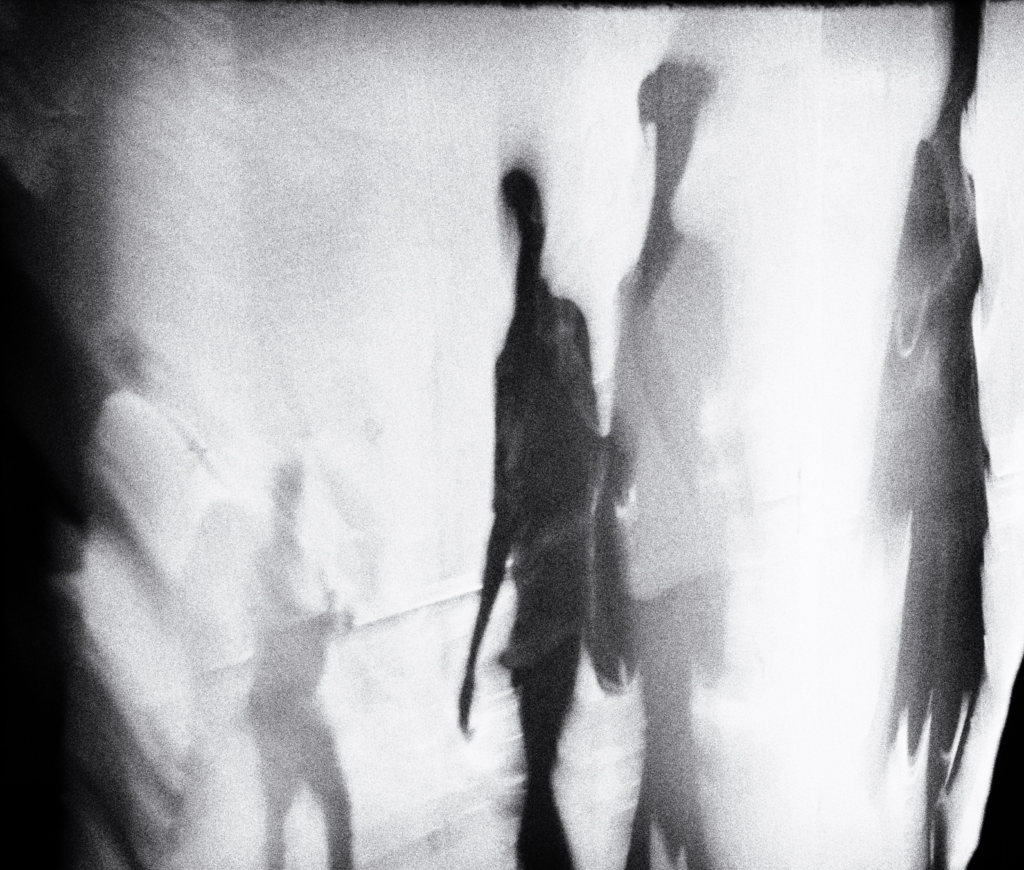
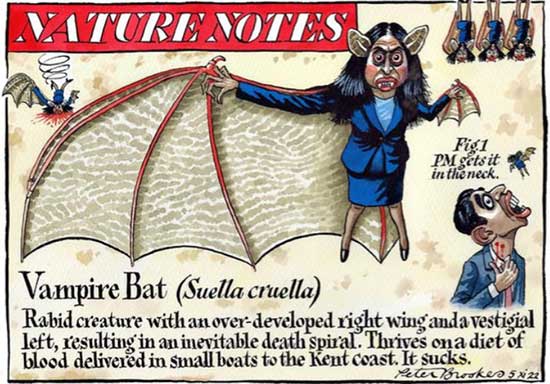
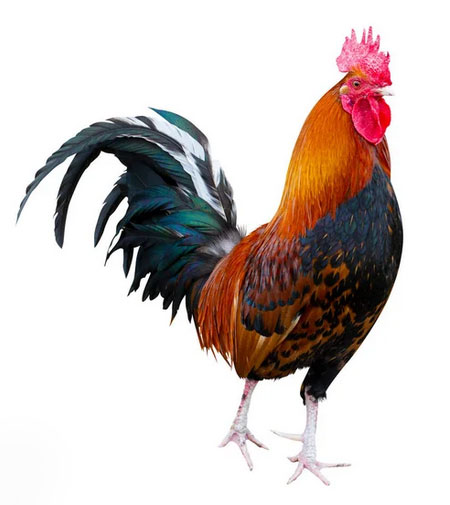
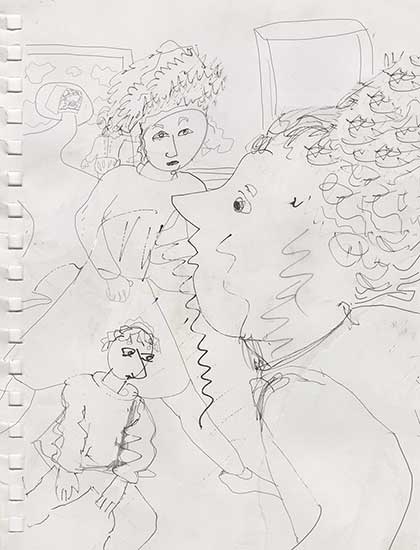
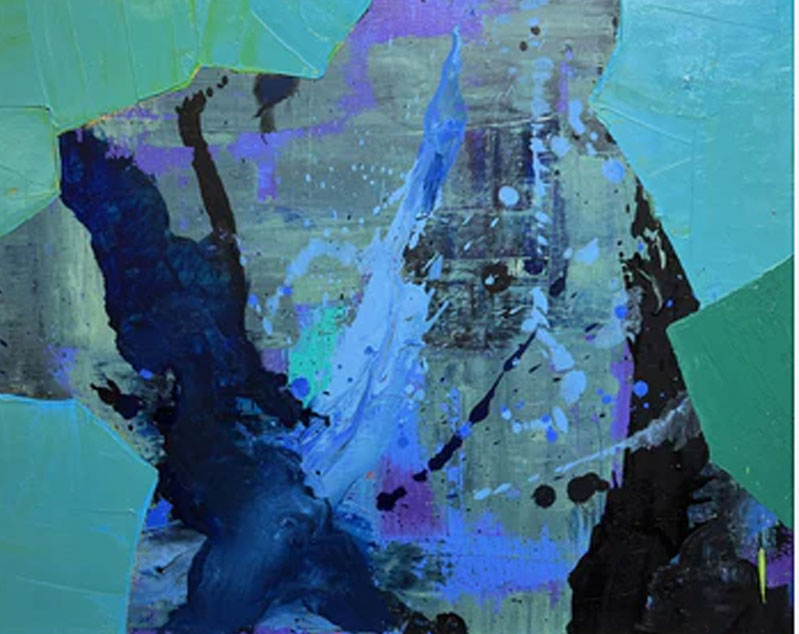

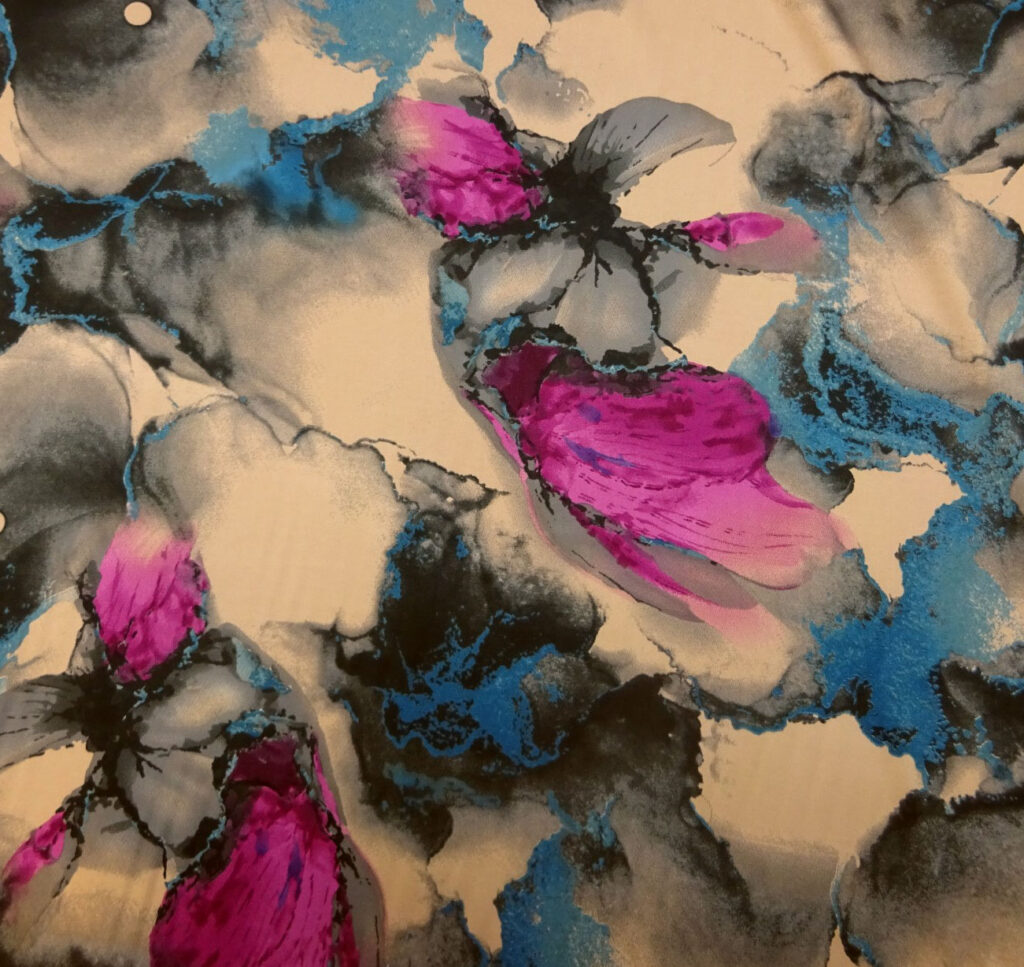
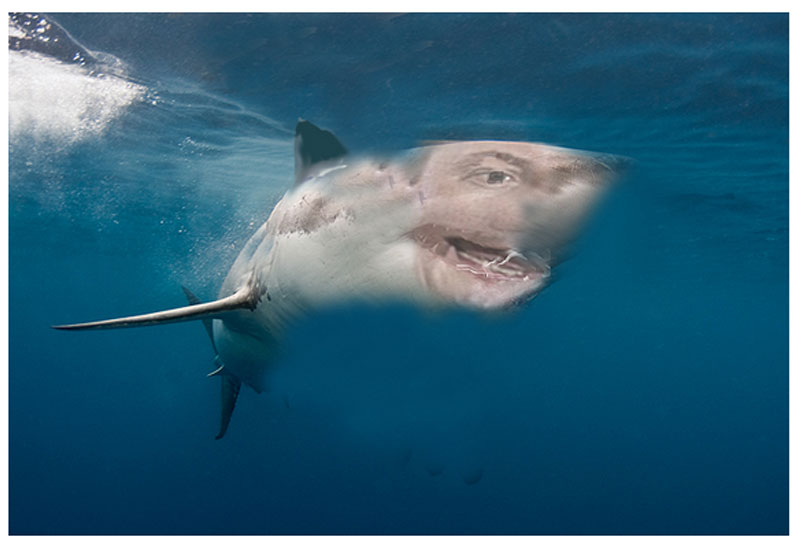
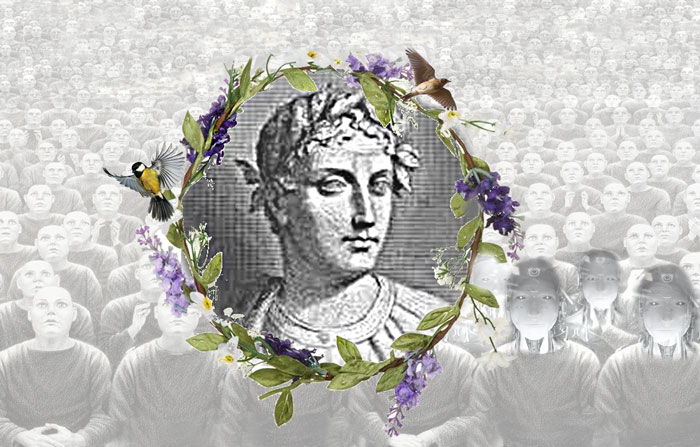












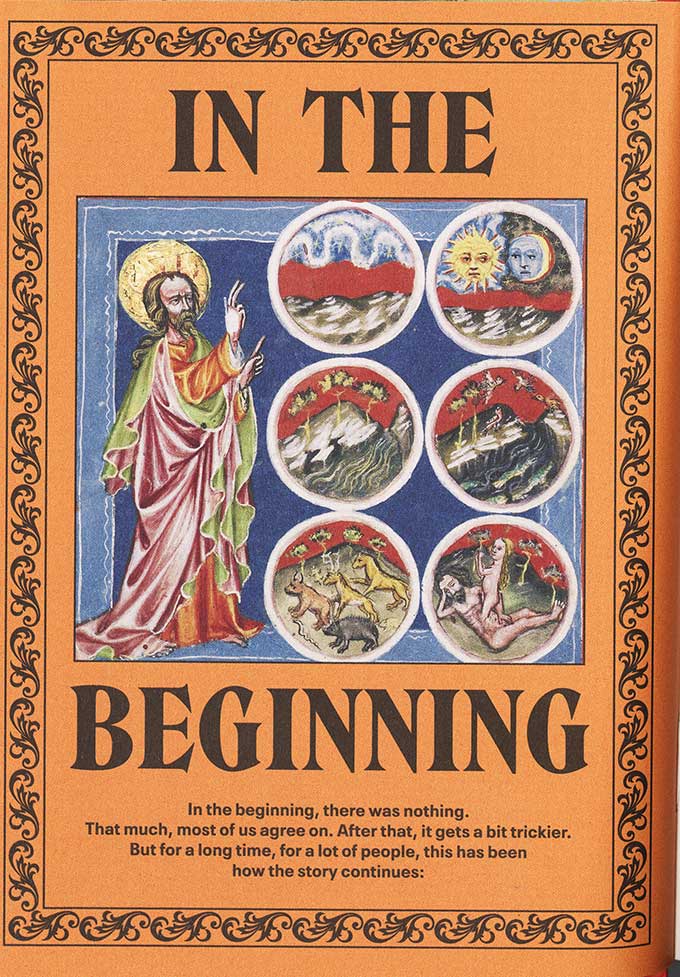
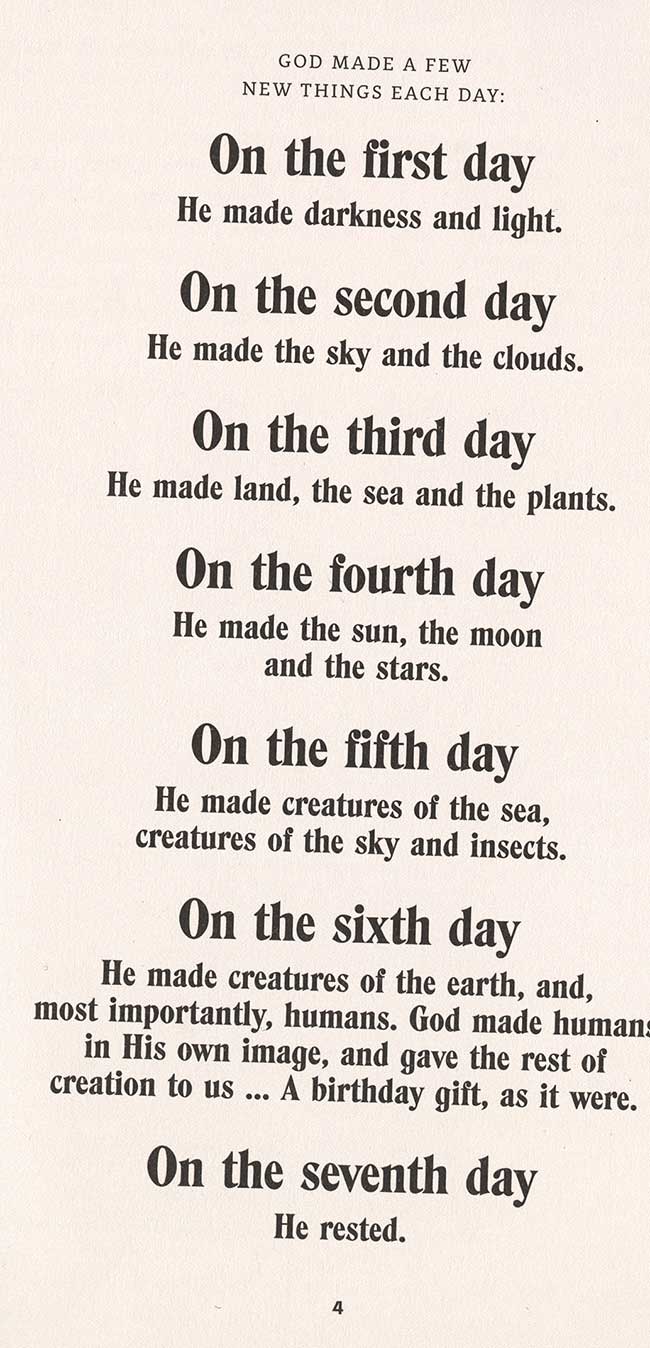


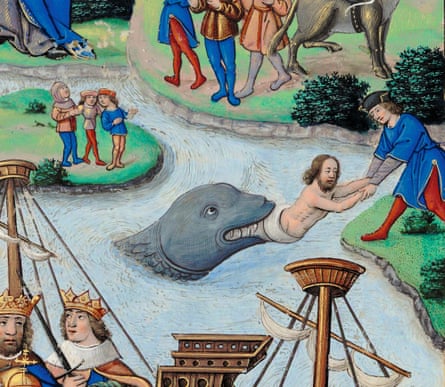
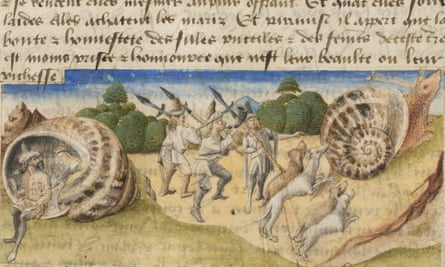


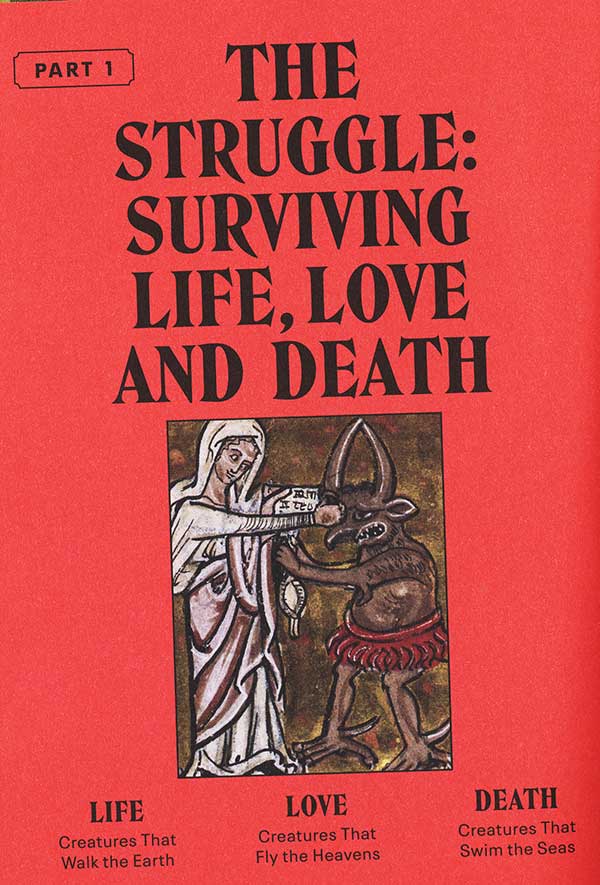


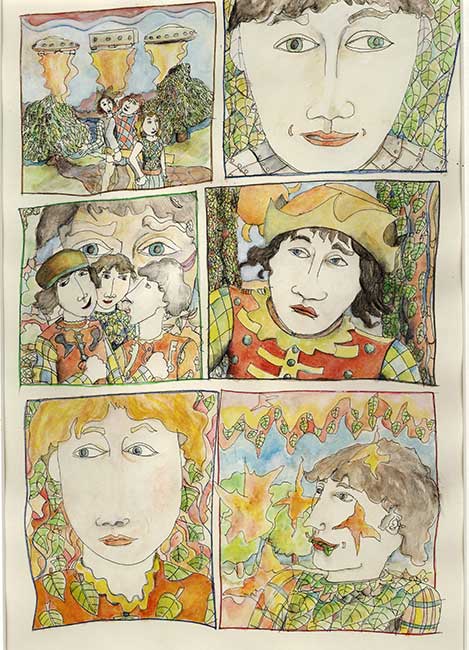


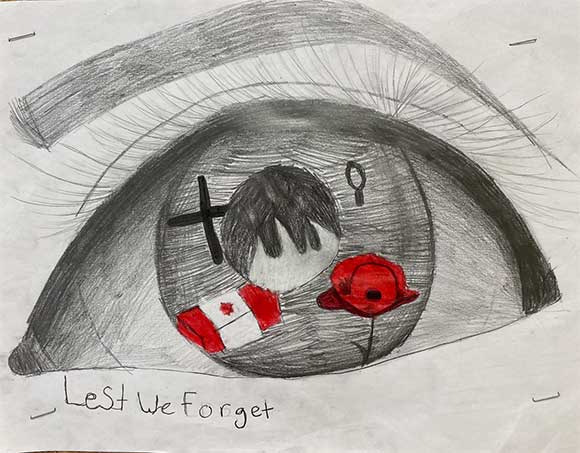

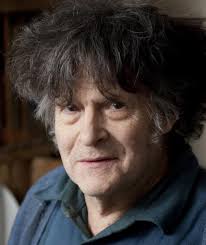
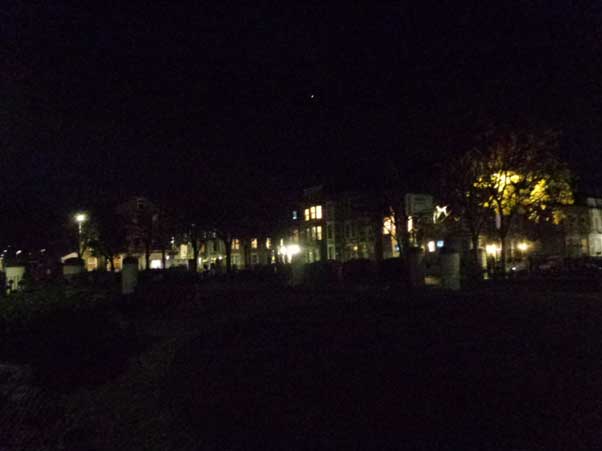

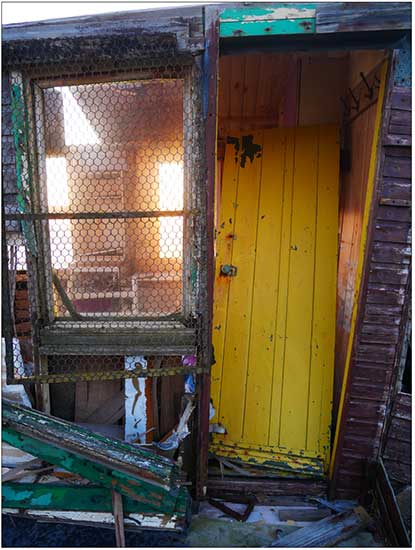



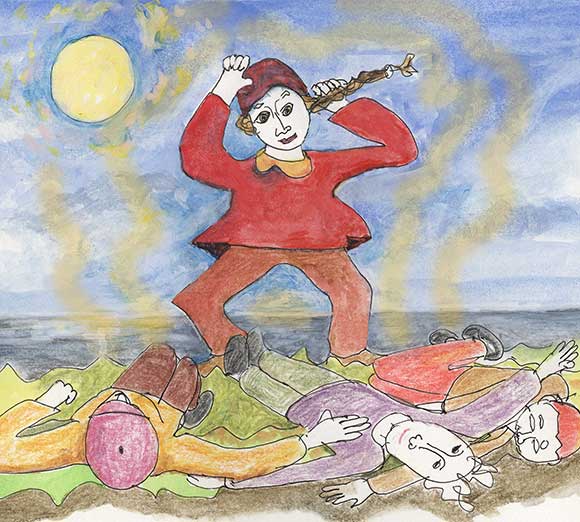
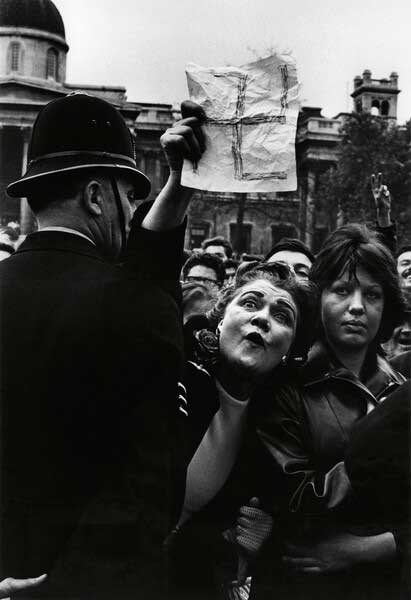

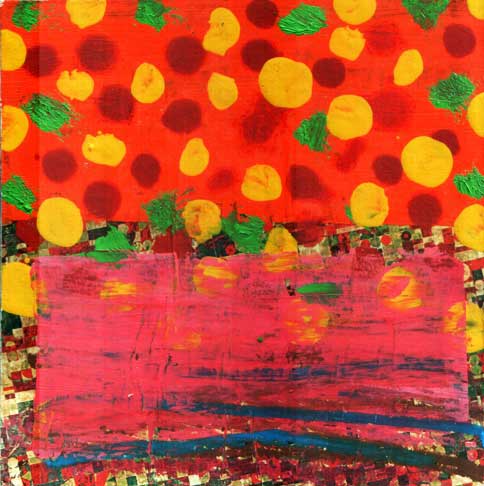

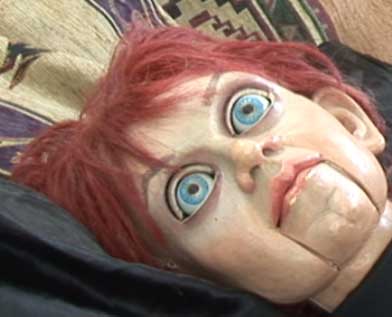
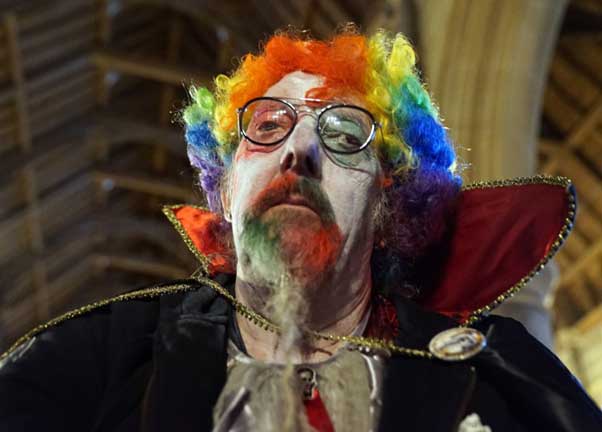
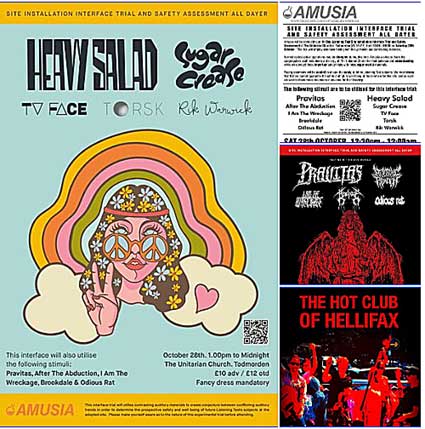
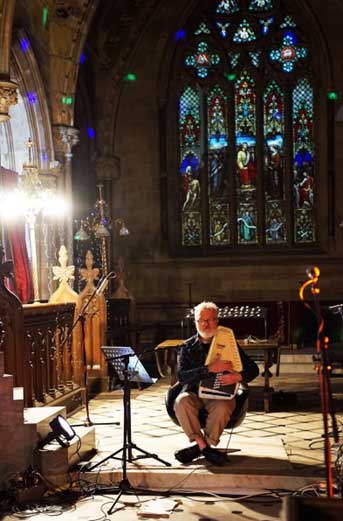
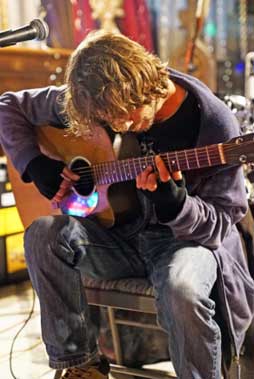
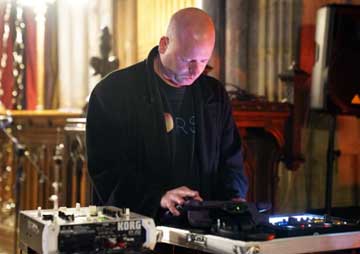
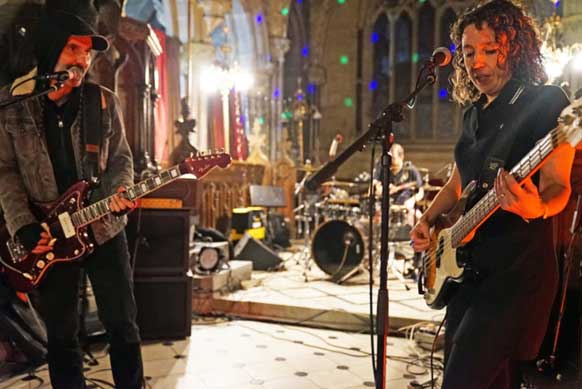


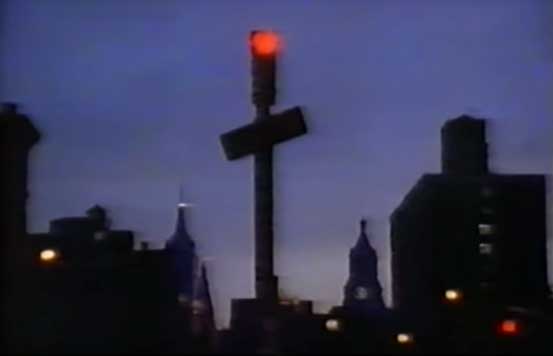




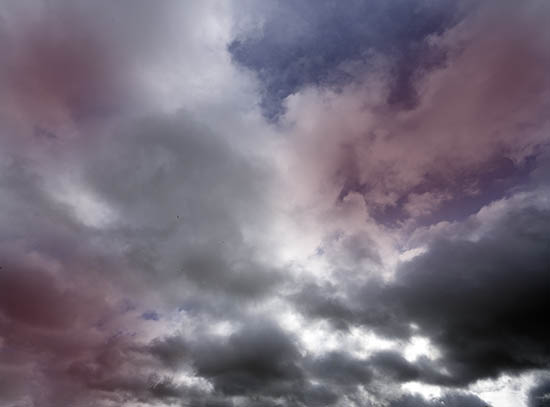



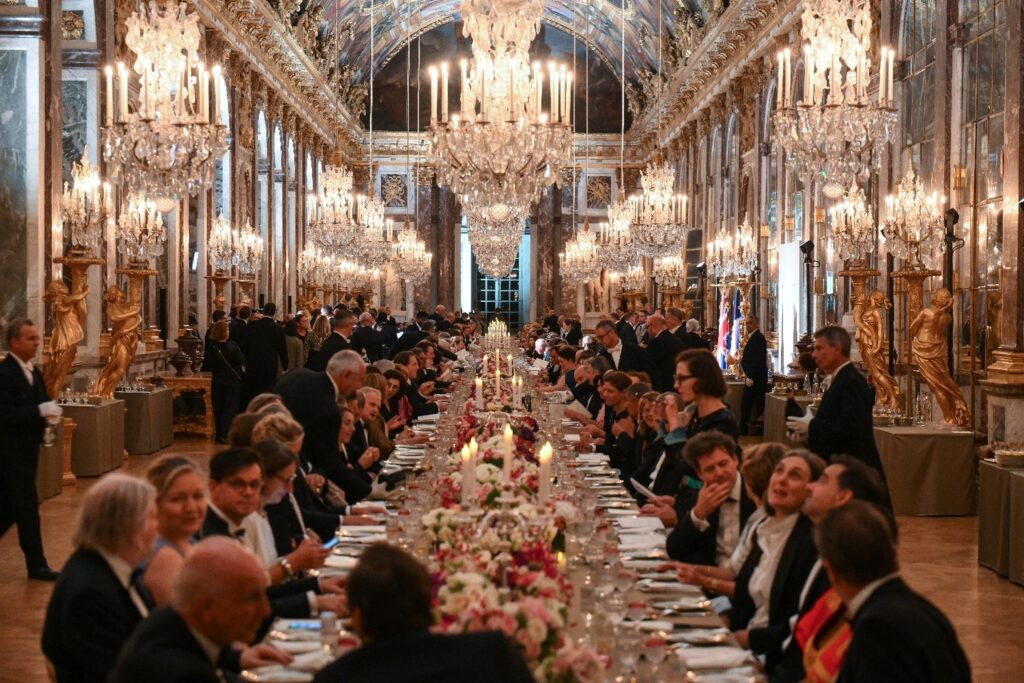
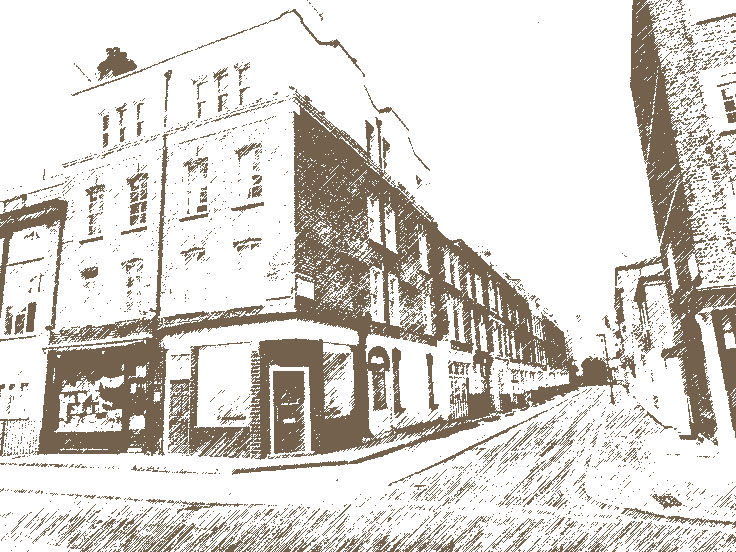


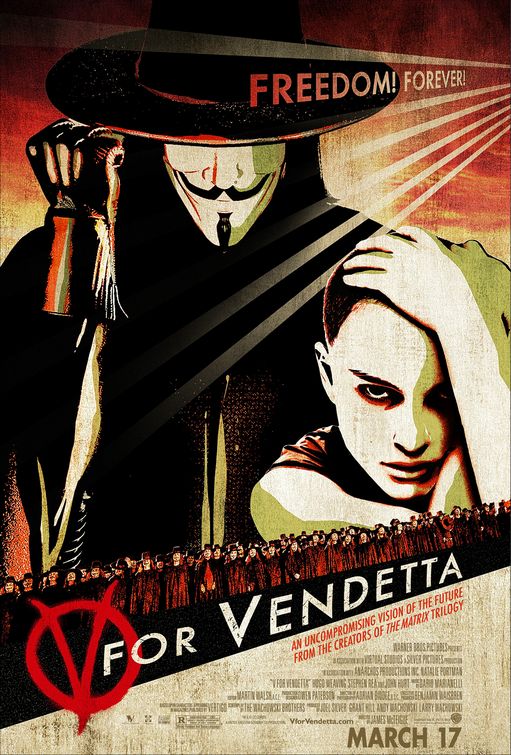
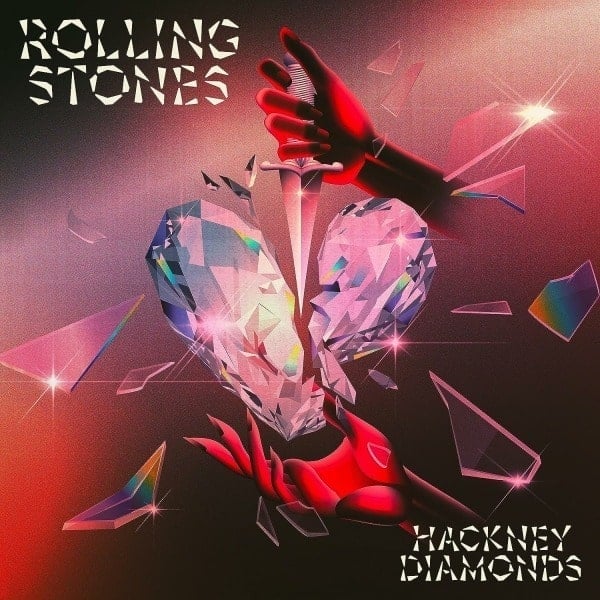

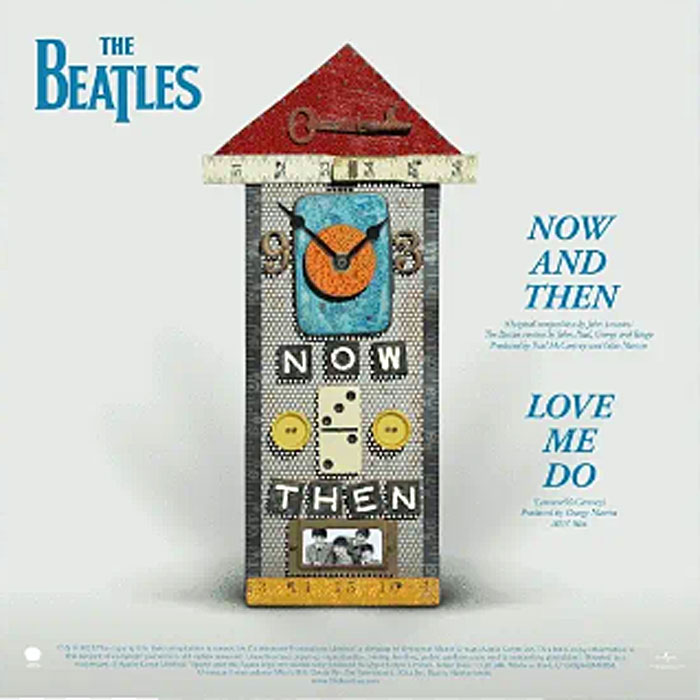
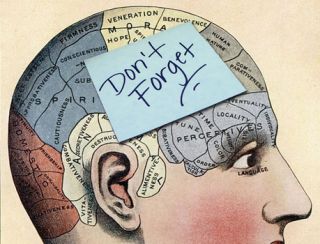
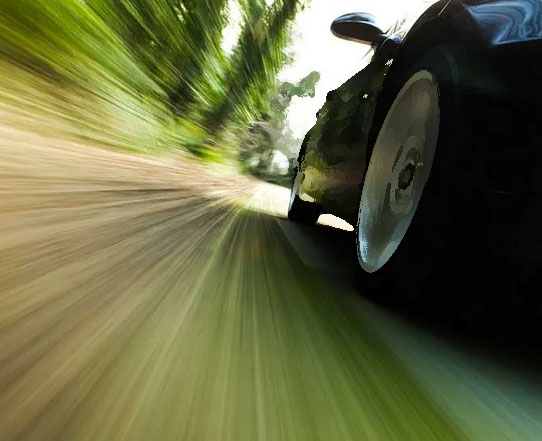
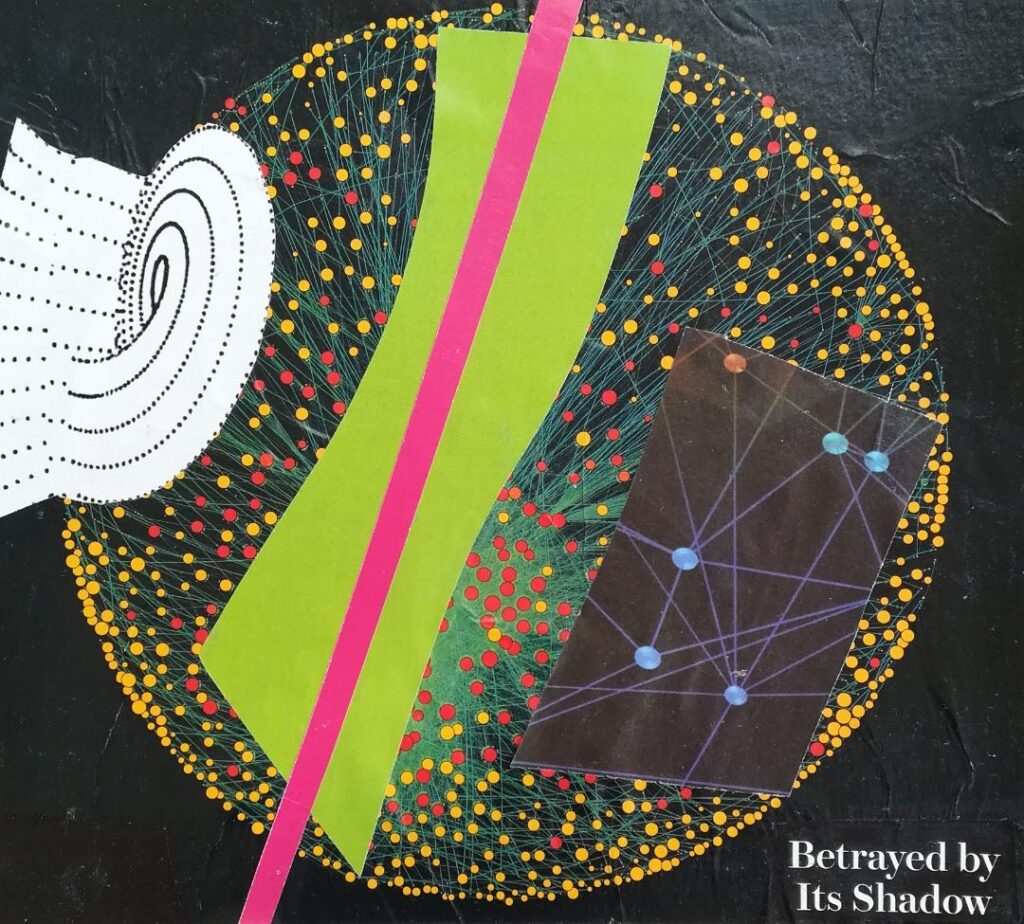
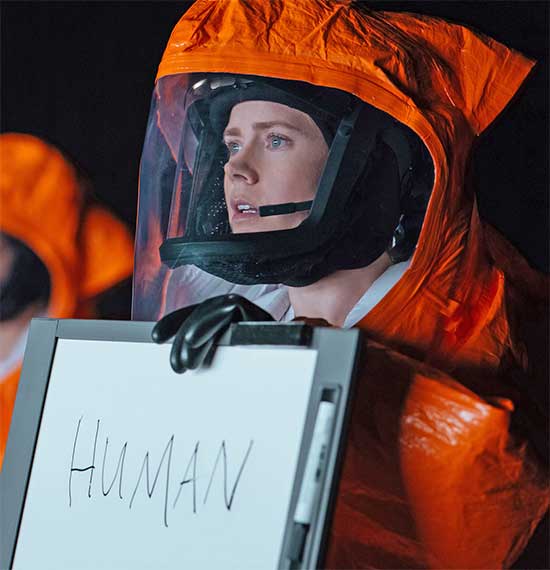

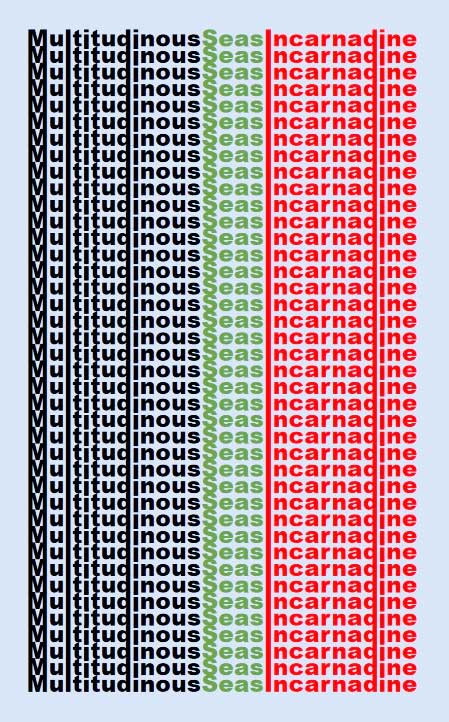
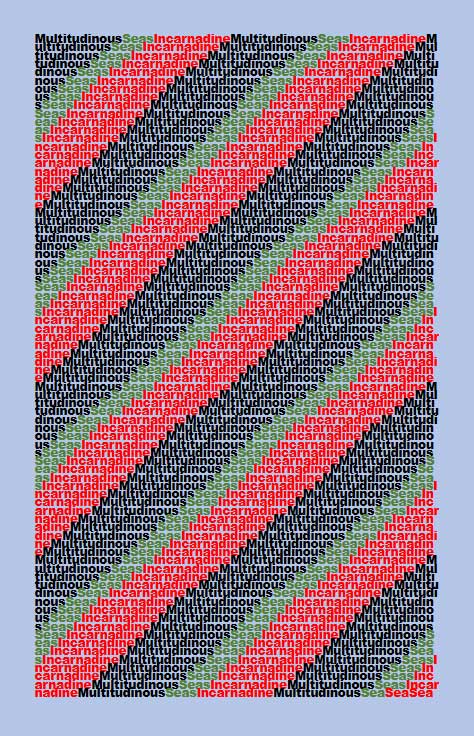
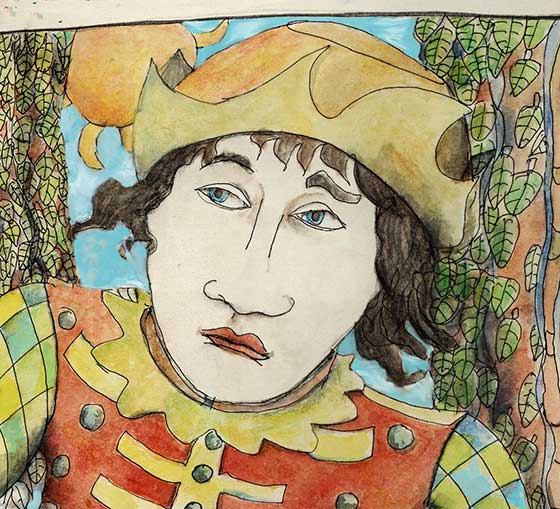
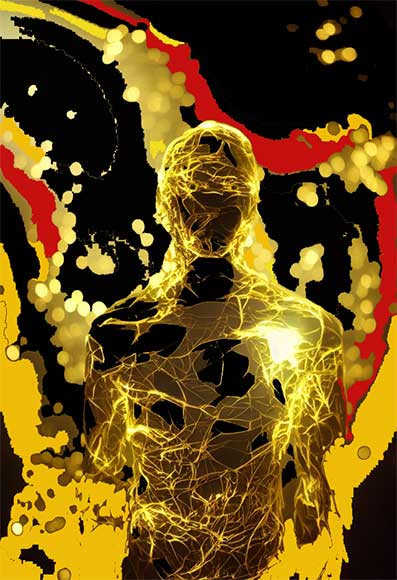
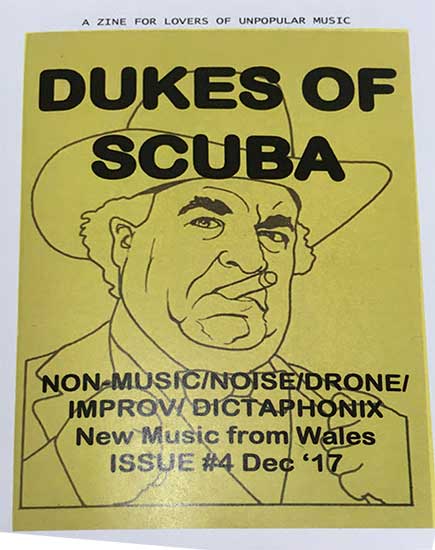
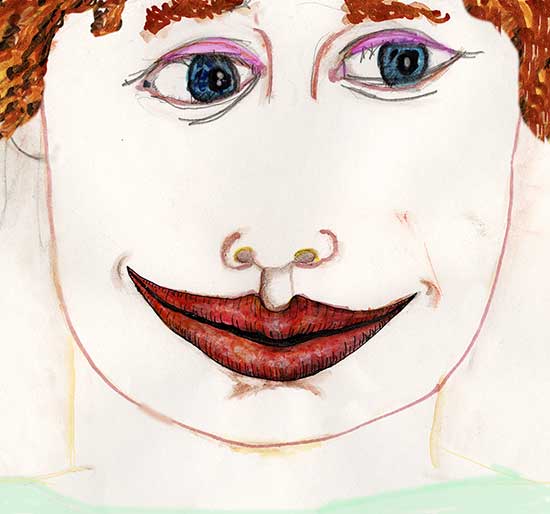
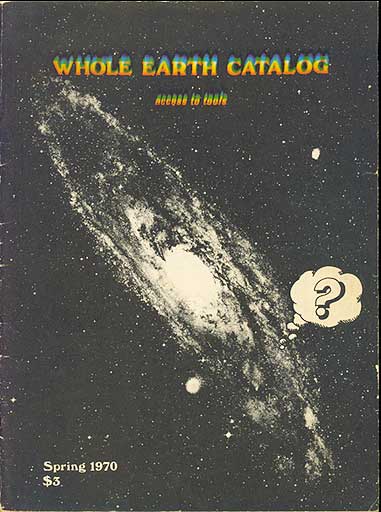
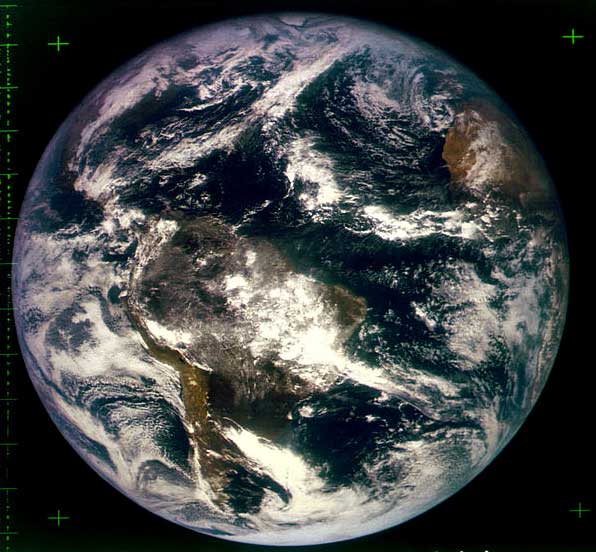
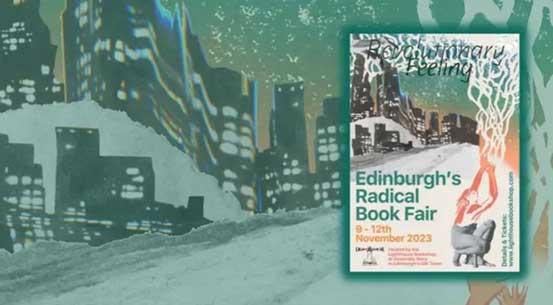
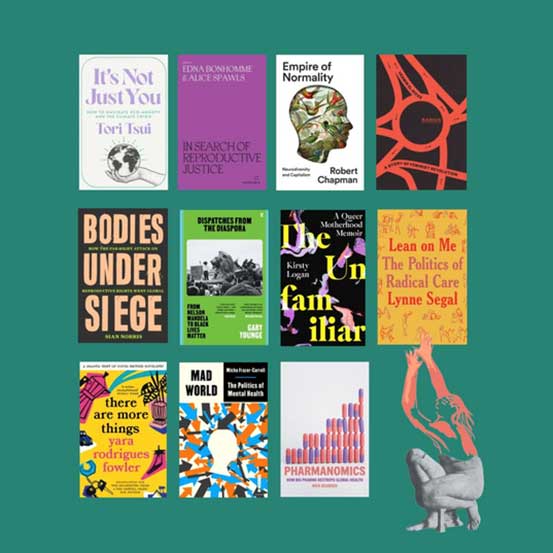
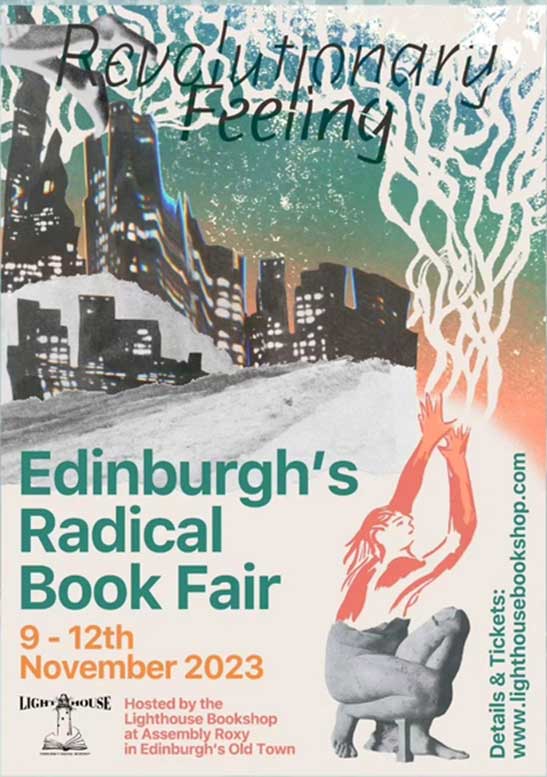
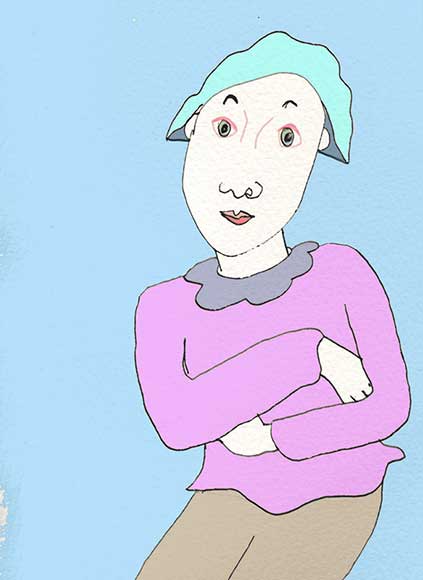

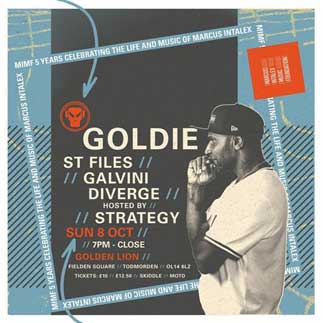


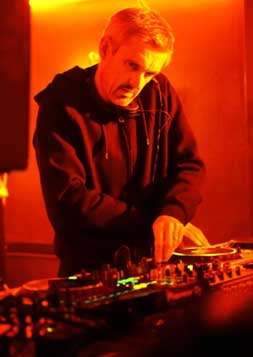
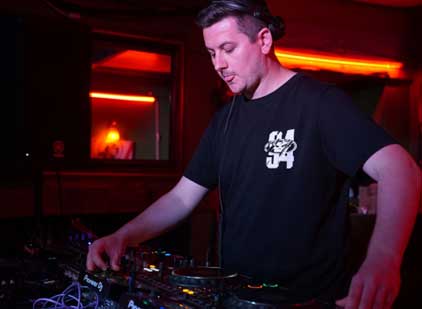

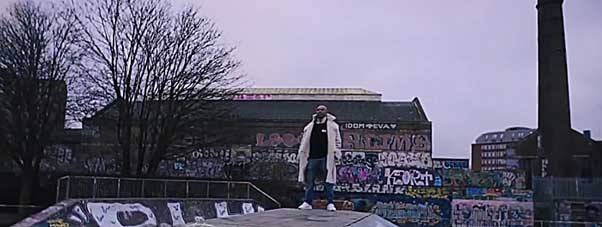

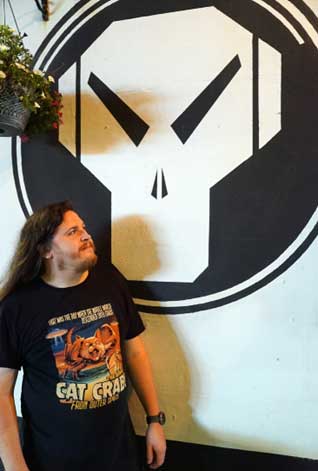


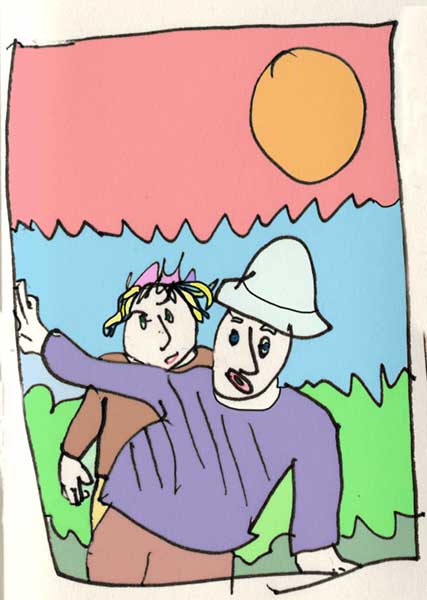



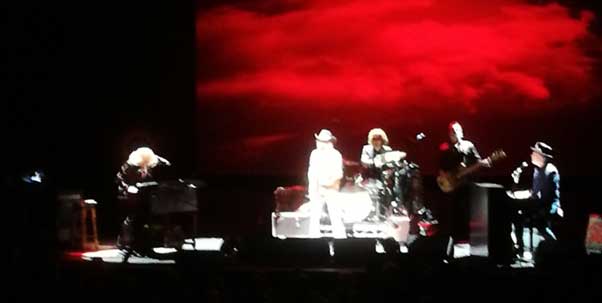






 response it got around the country.
response it got around the country.



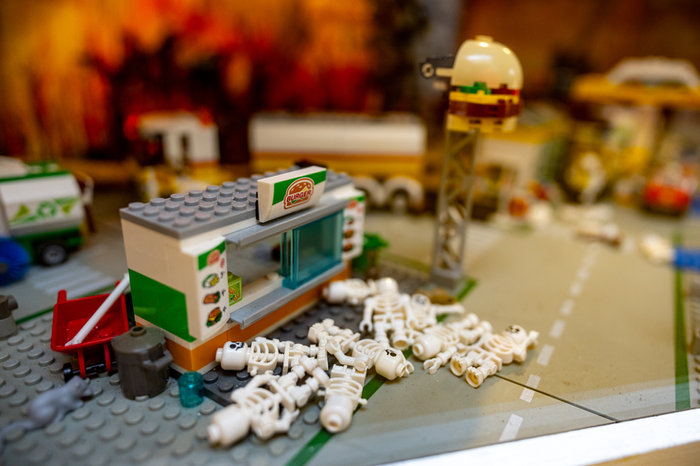



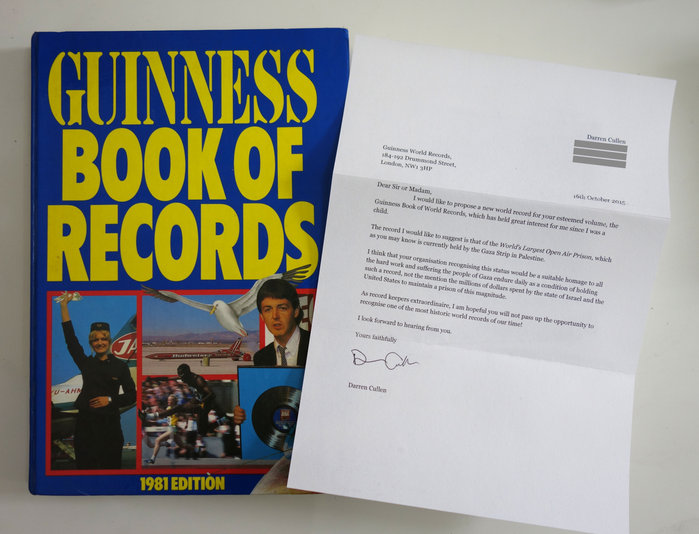


 I’ve made over the last year. I’ll be printing and posting this in January so you just need to back me on Patreon before then to receive your copy.
I’ve made over the last year. I’ll be printing and posting this in January so you just need to back me on Patreon before then to receive your copy. I’m coming back to Merseyside in November for an exhibition of my work at
I’m coming back to Merseyside in November for an exhibition of my work at 
 Also I still have some
Also I still have some
